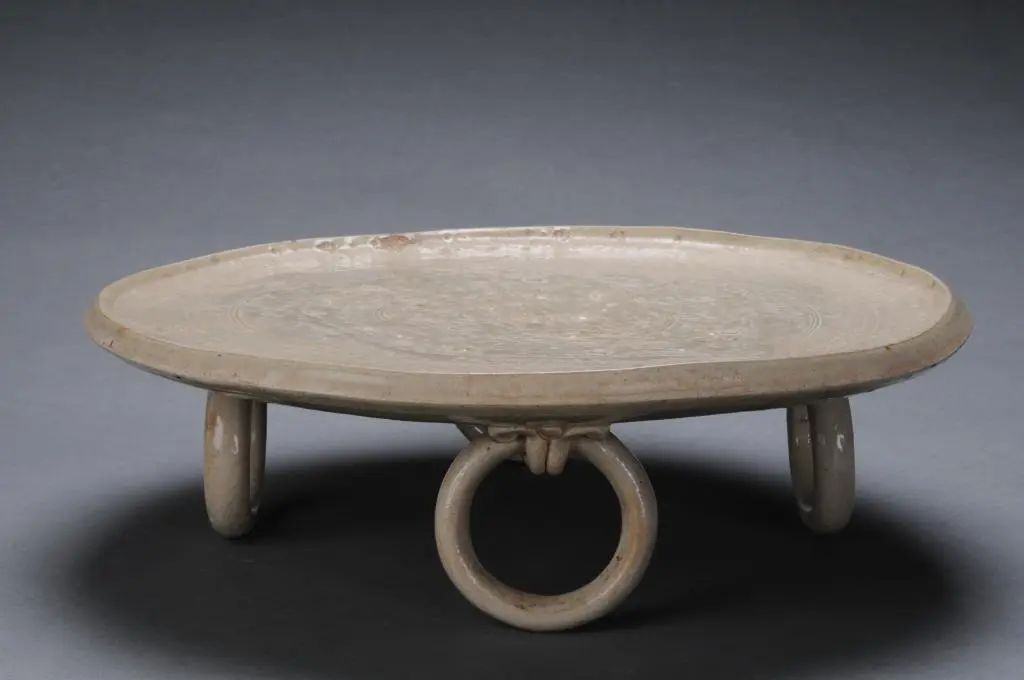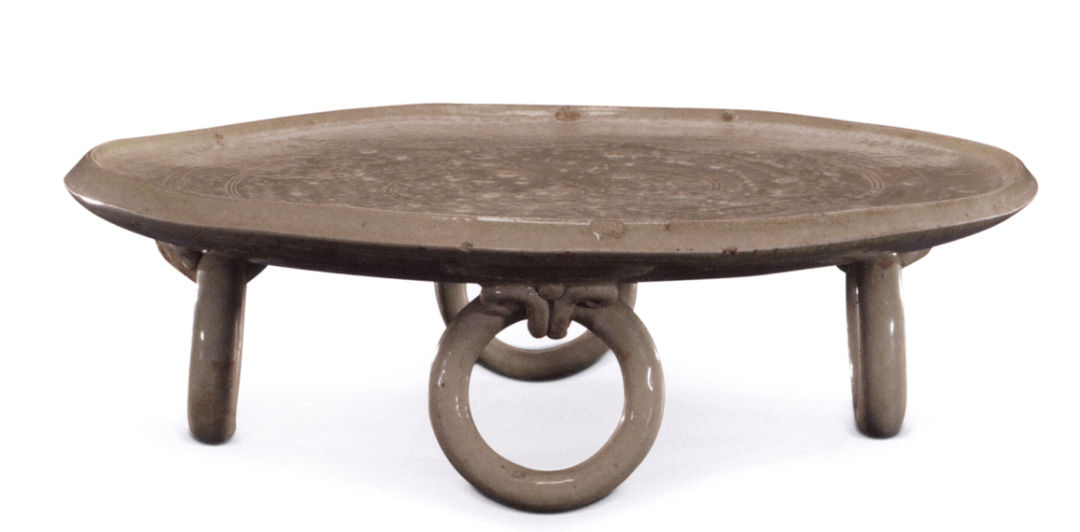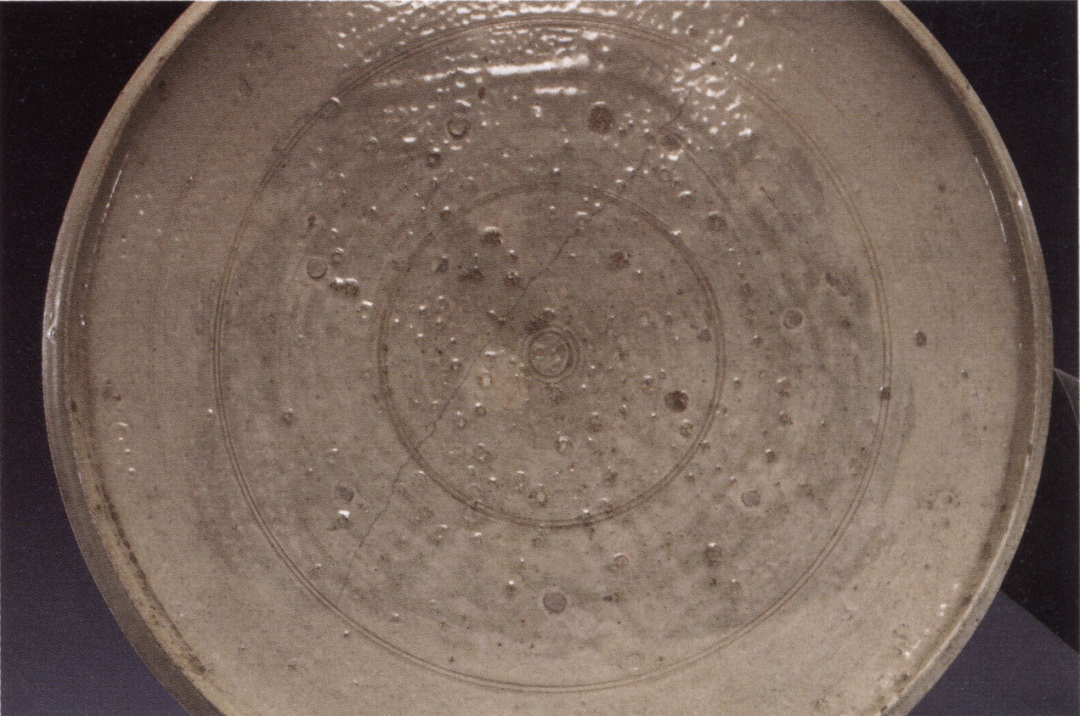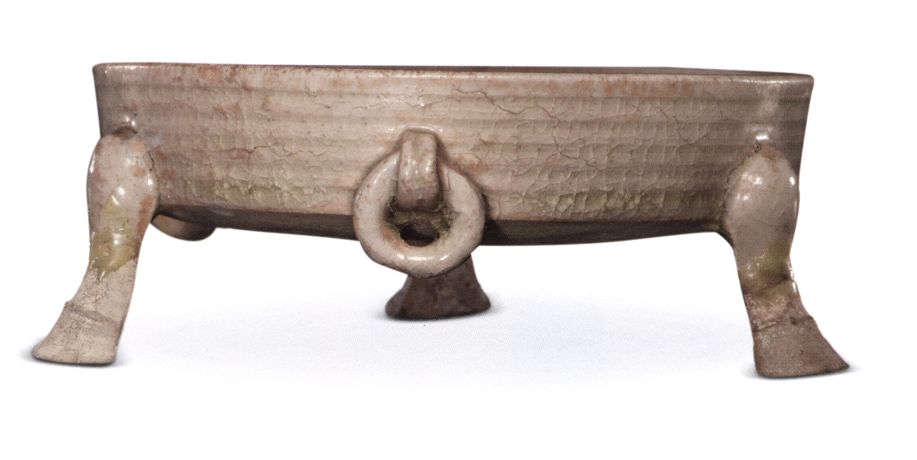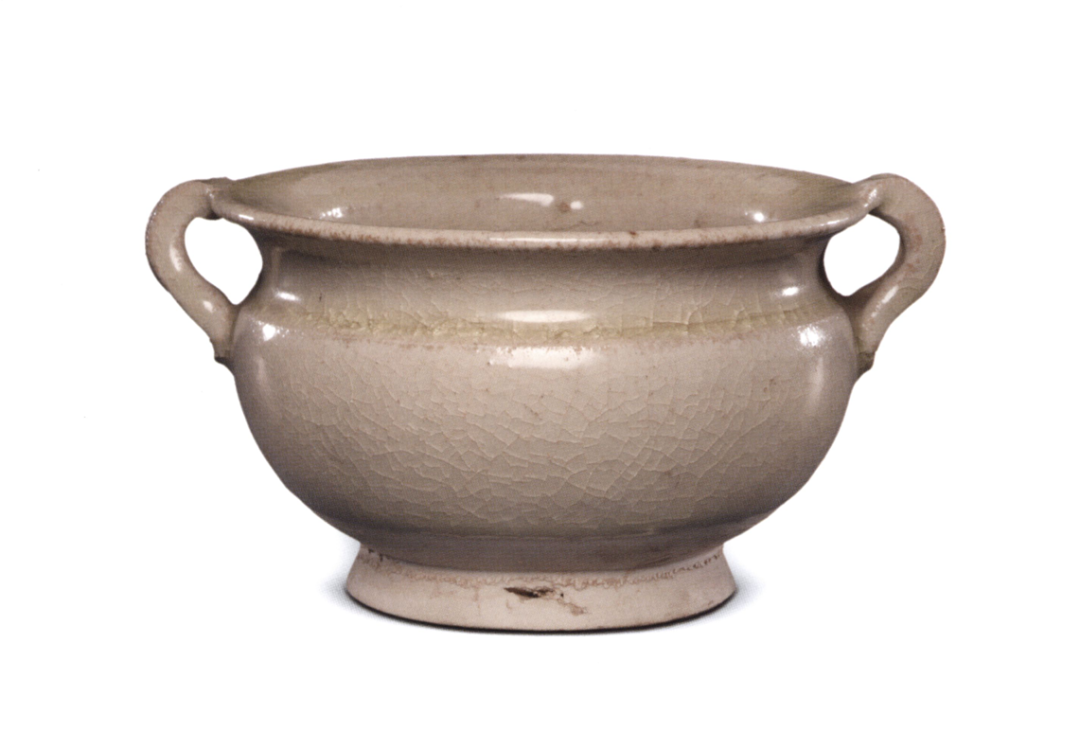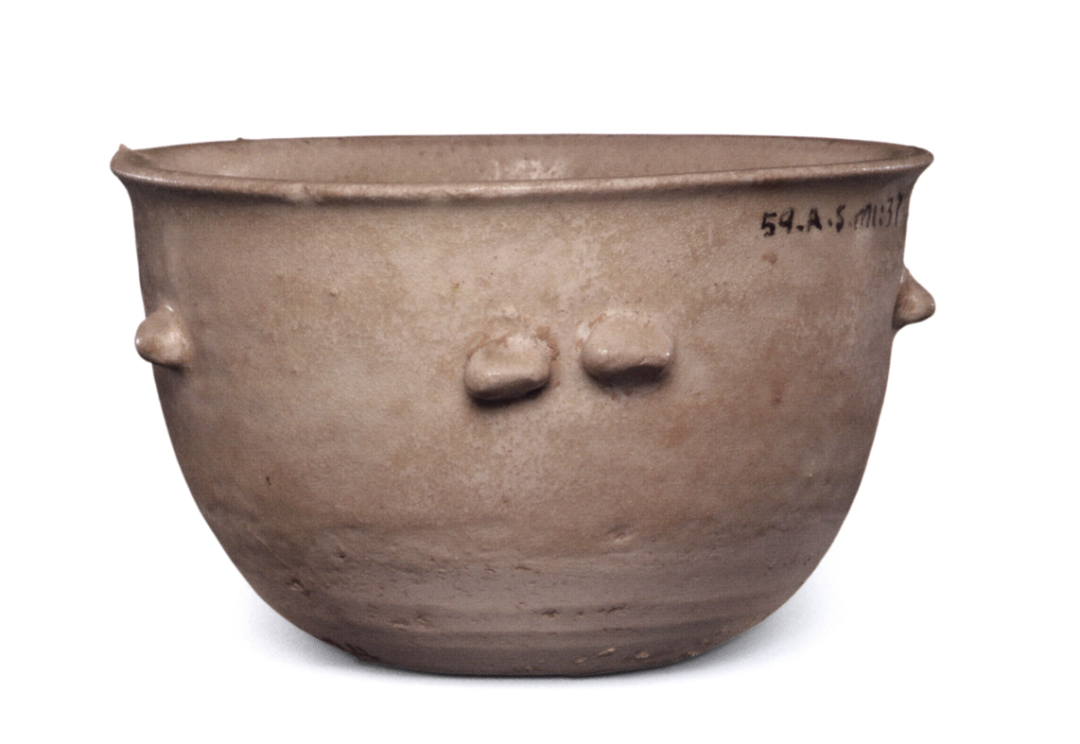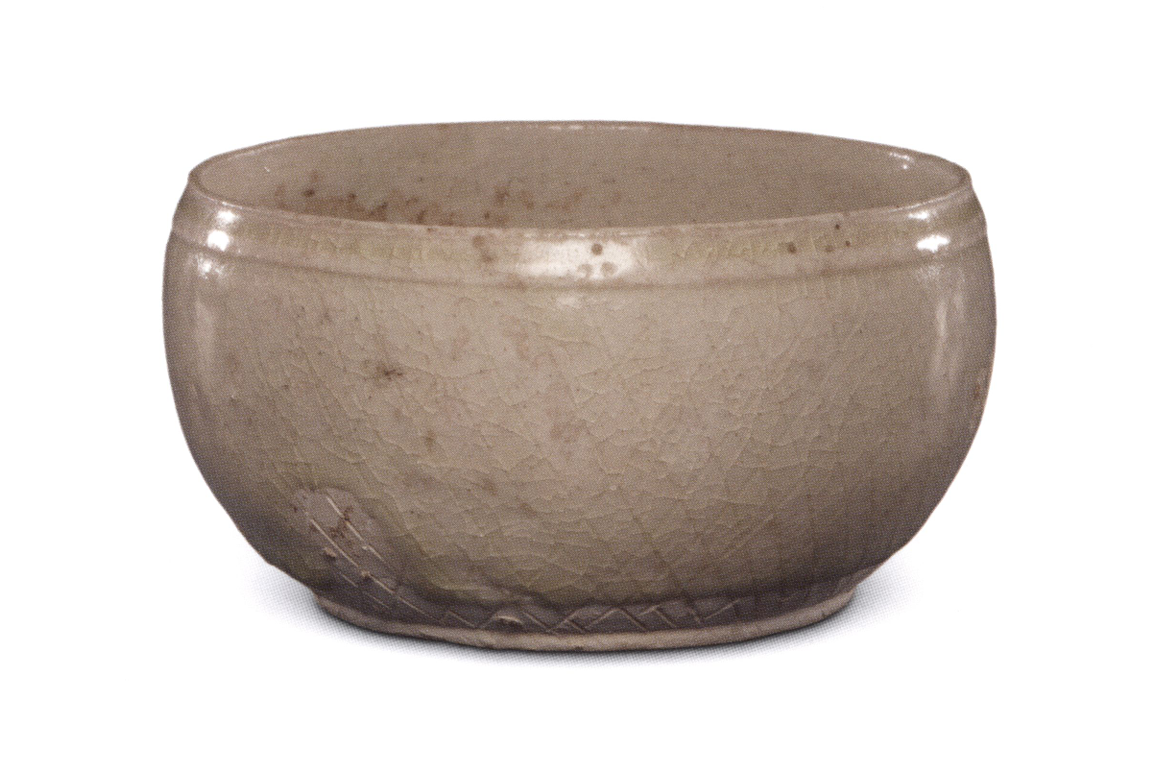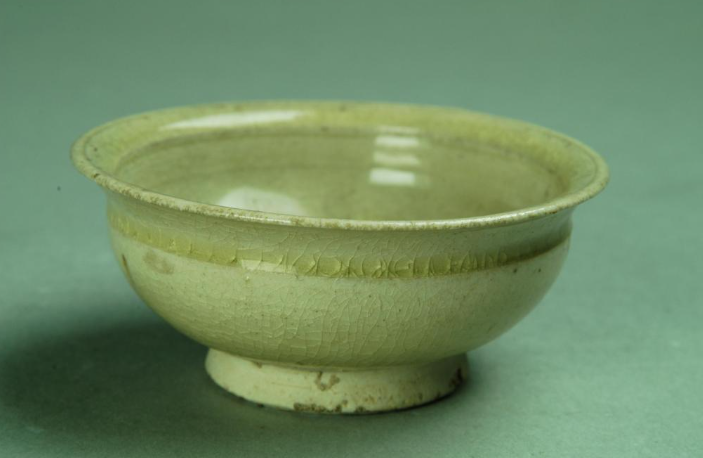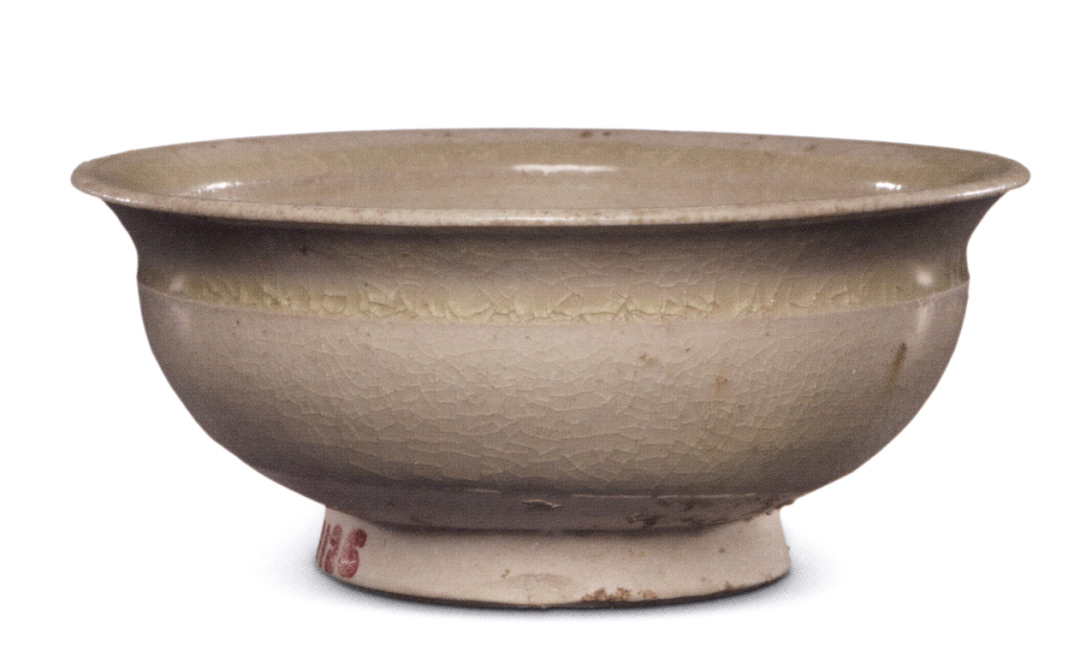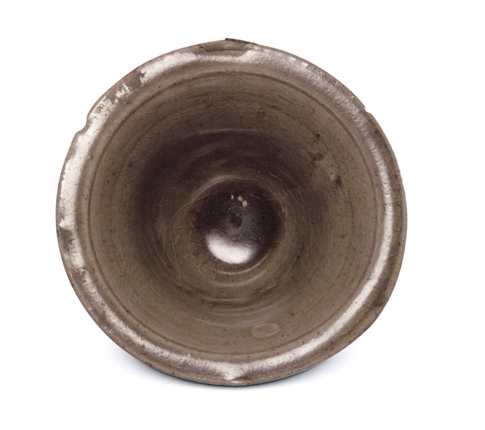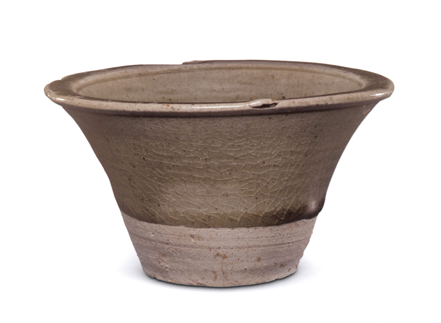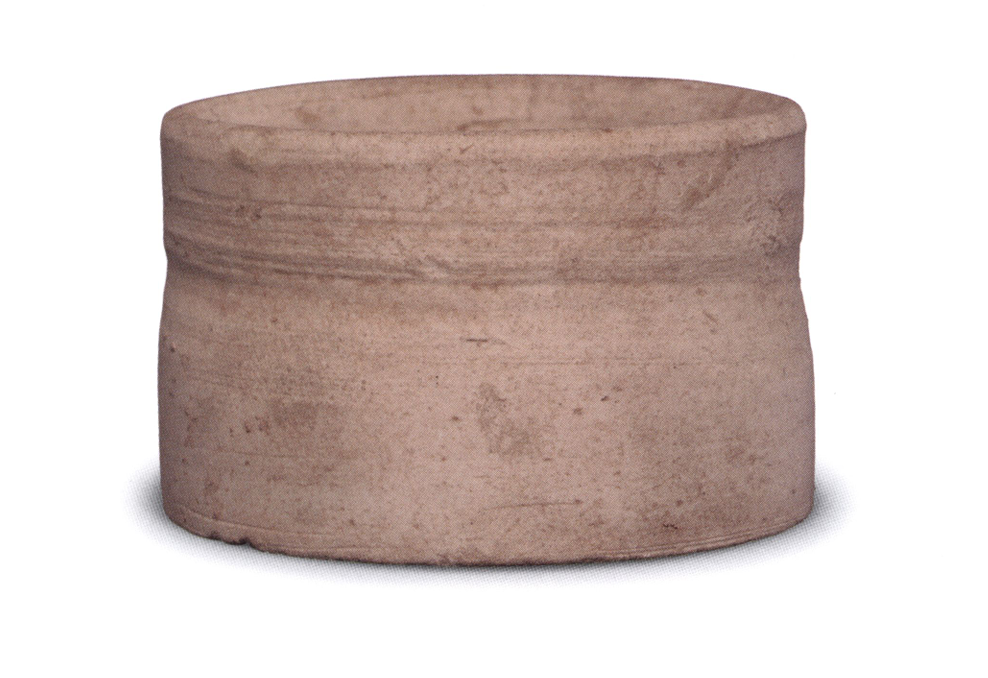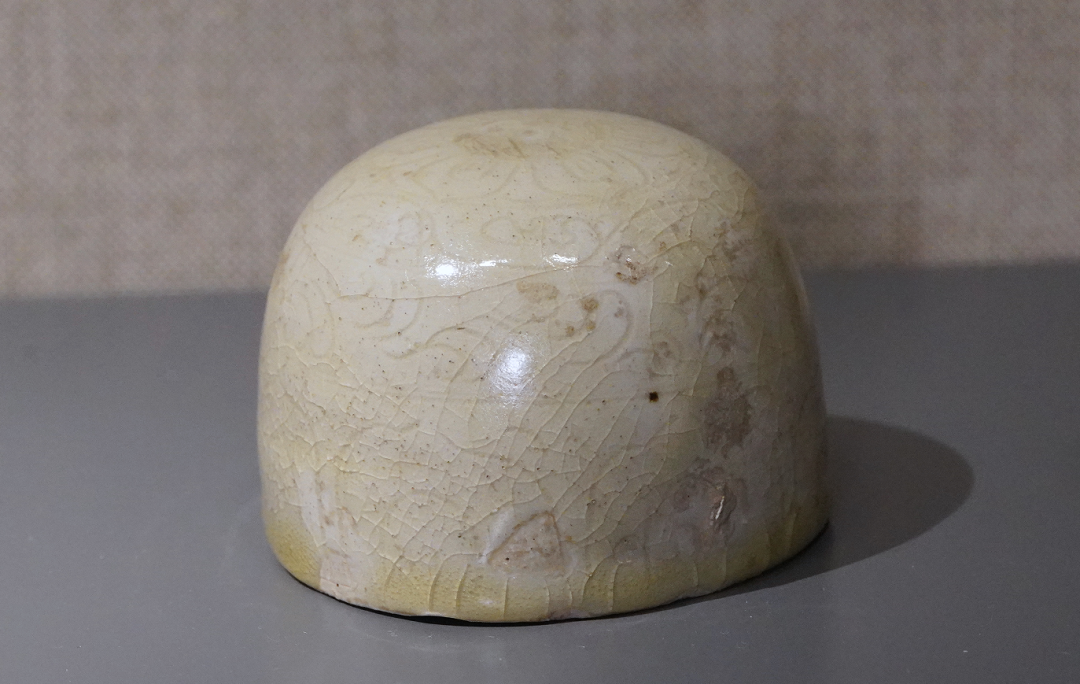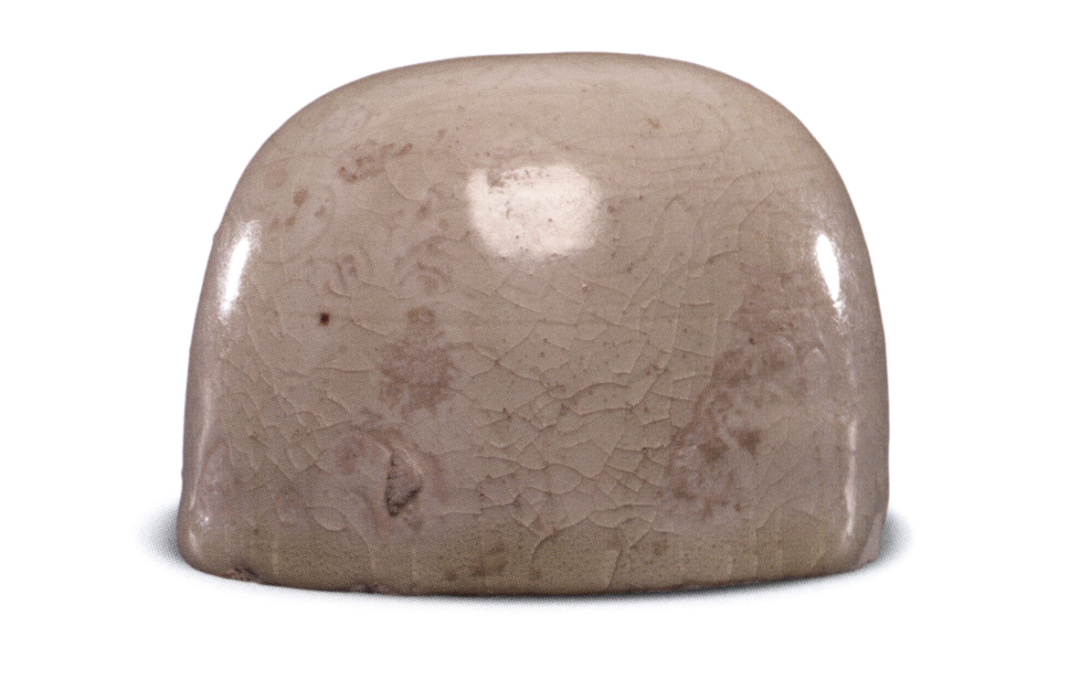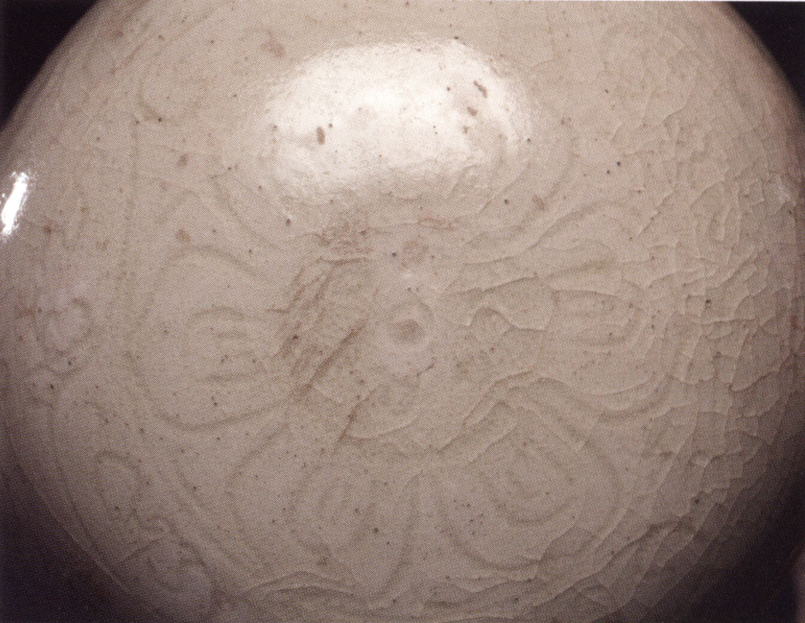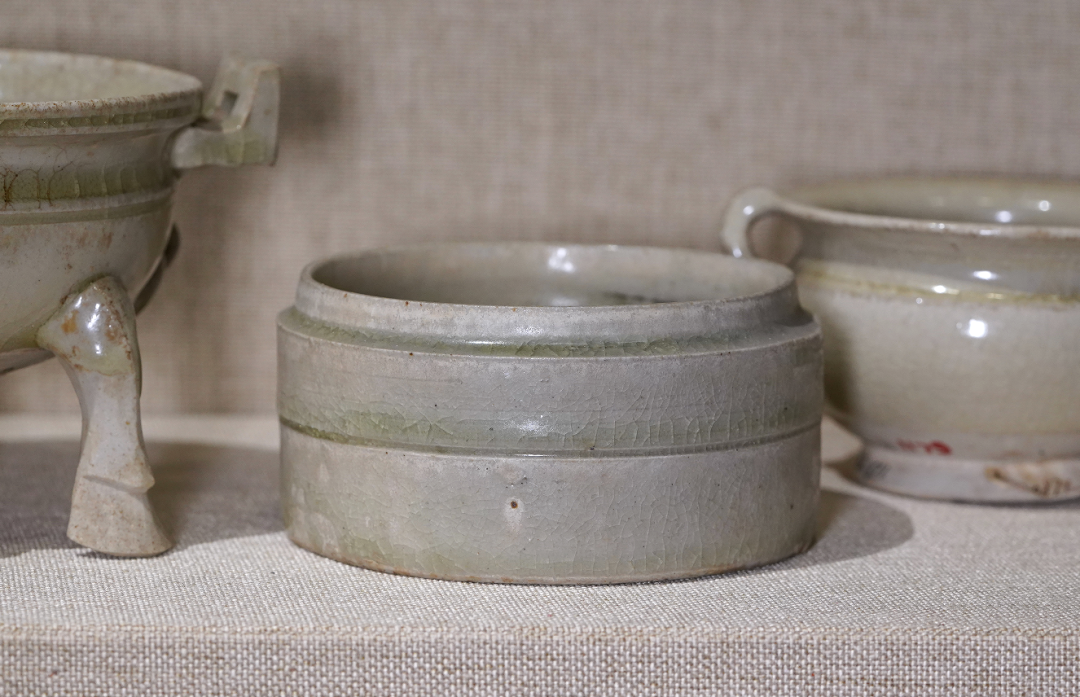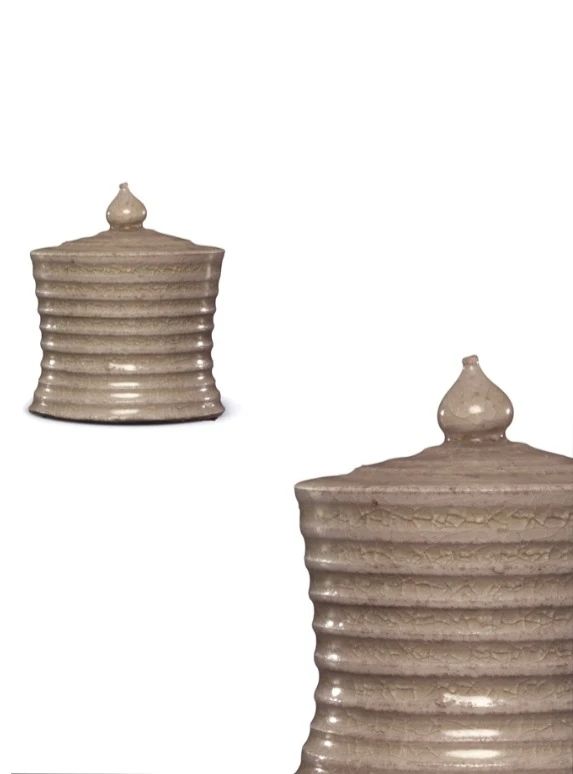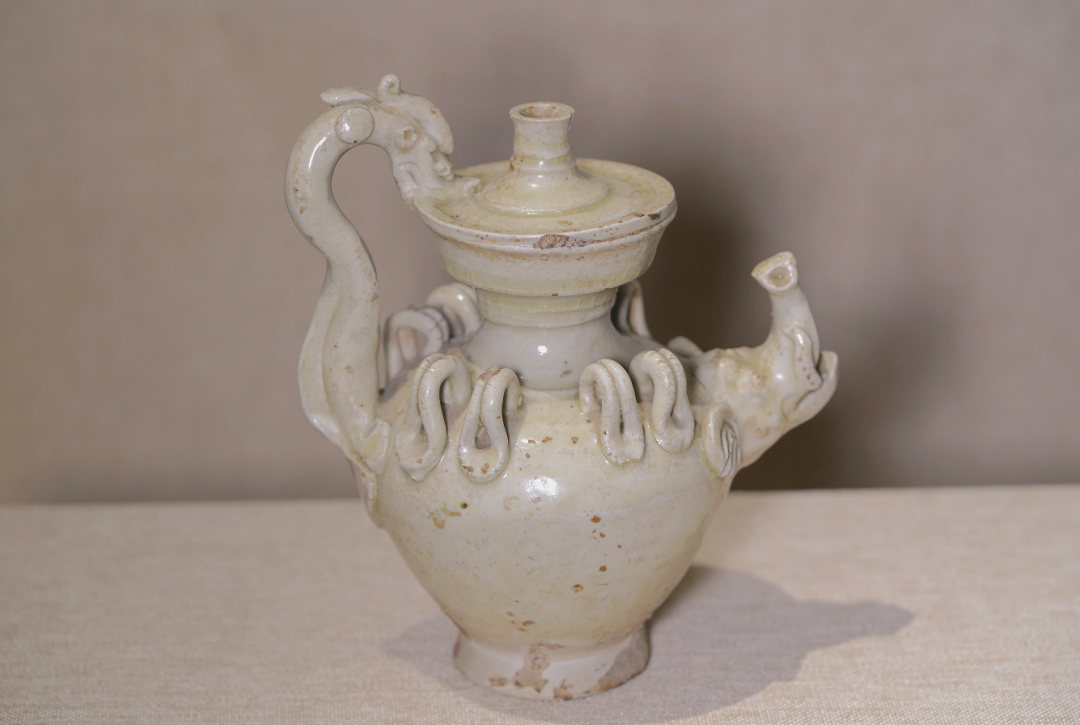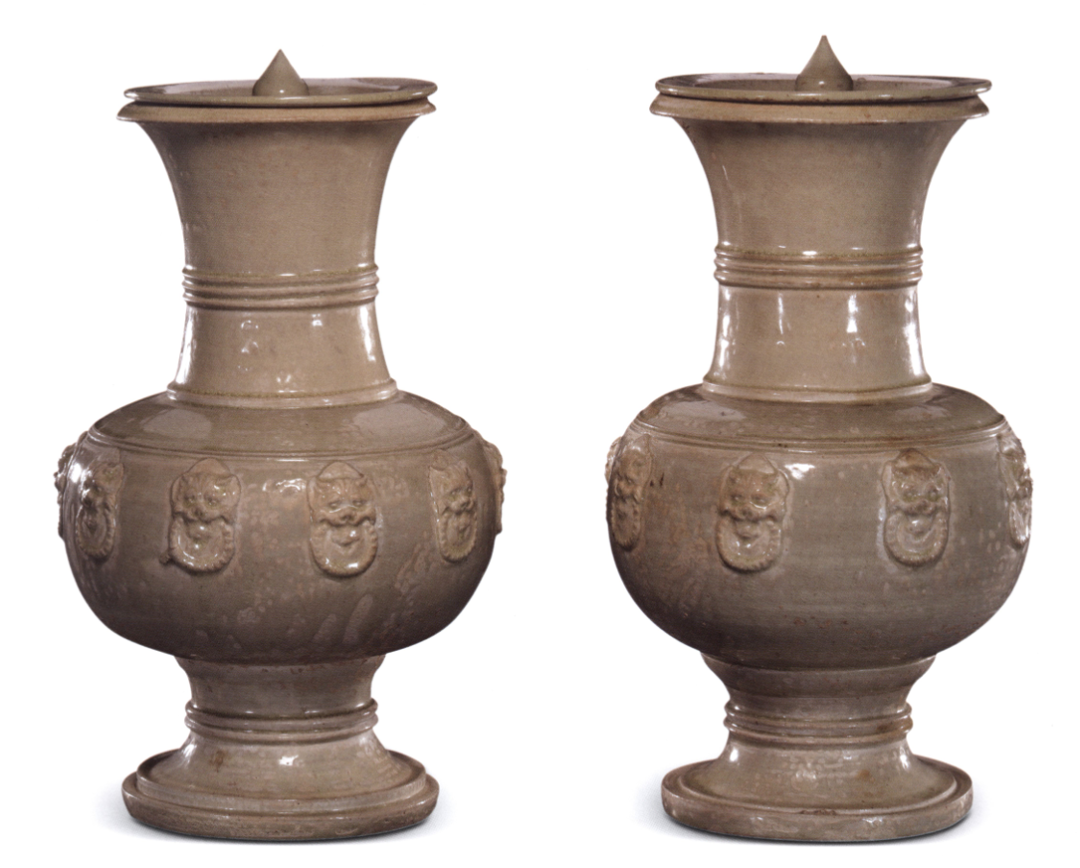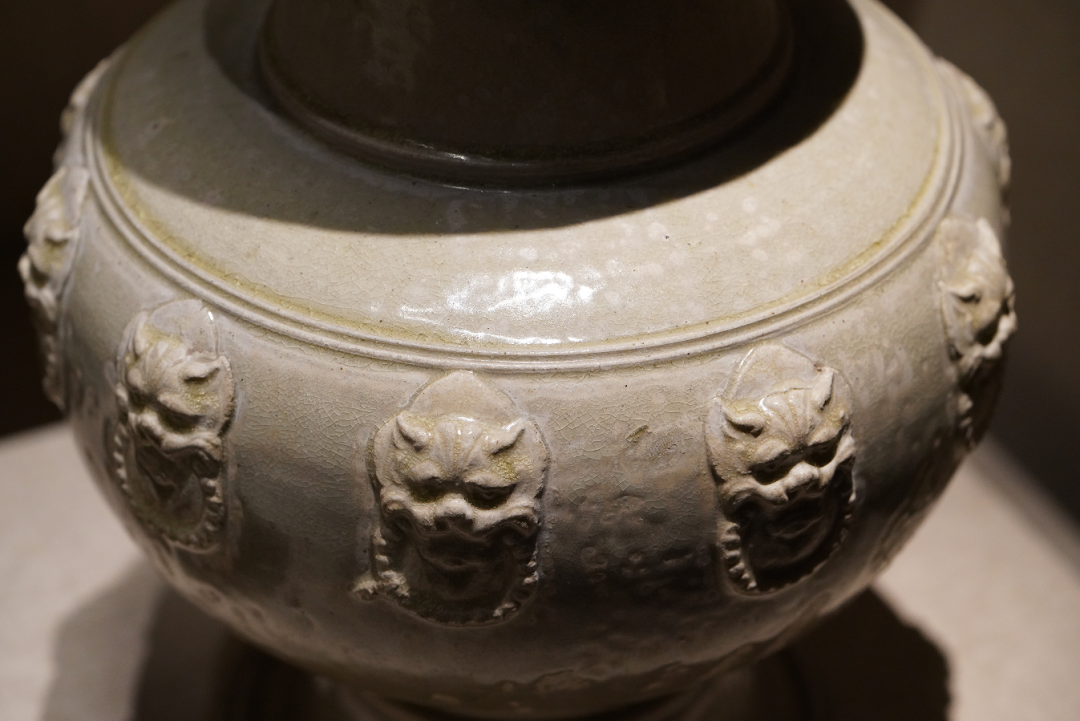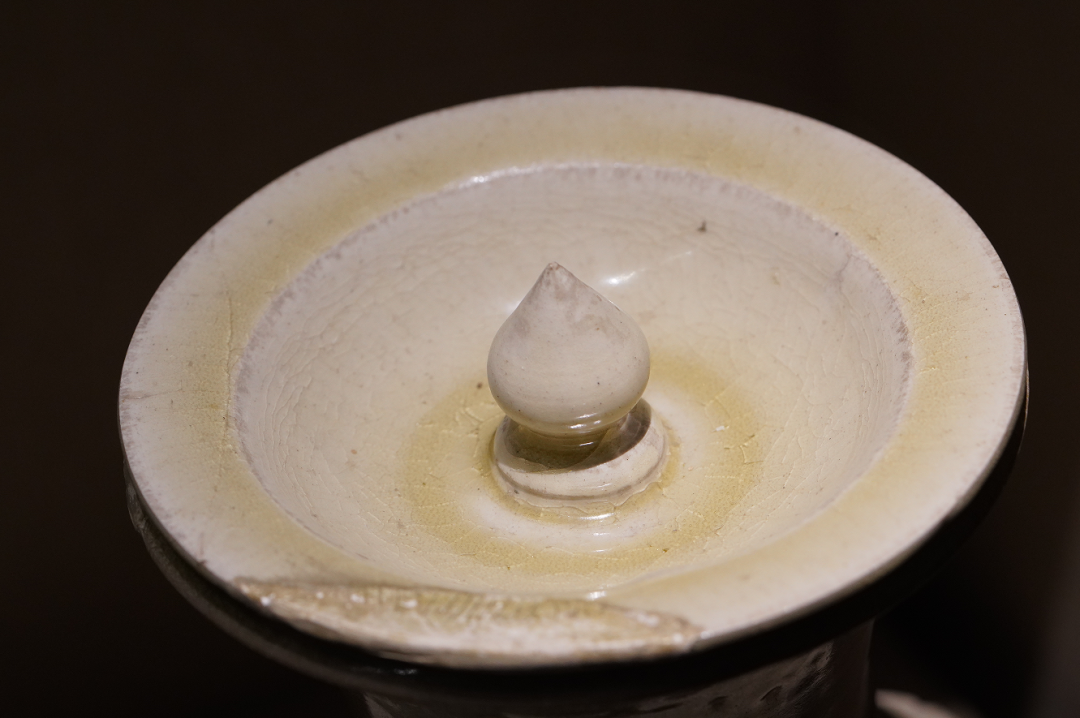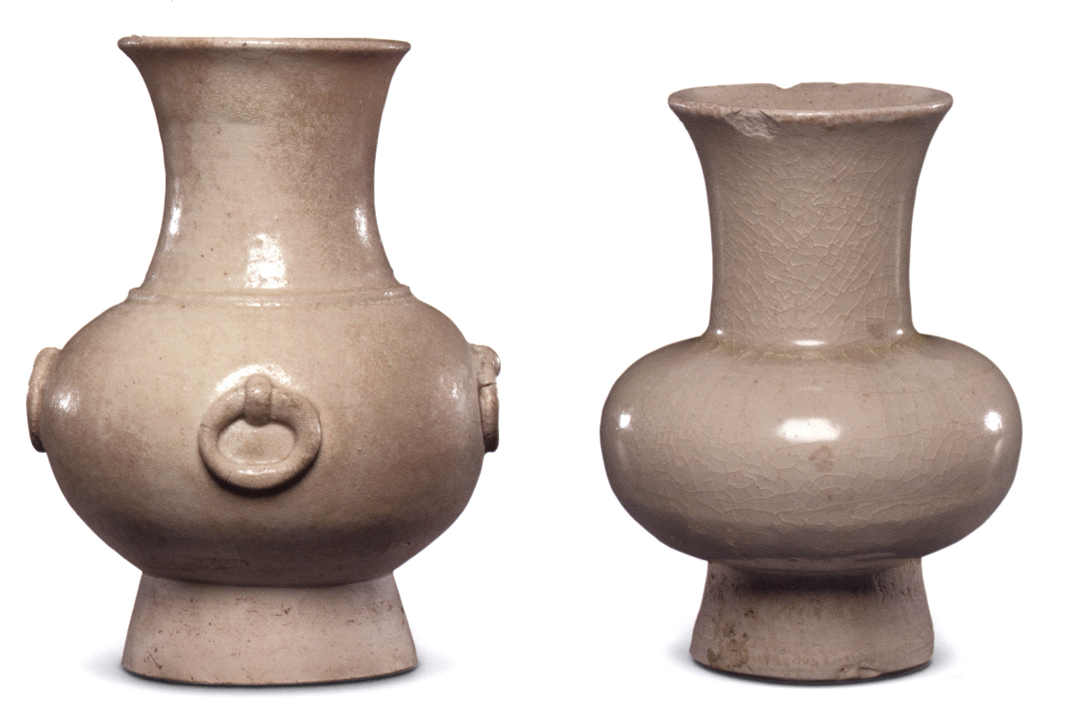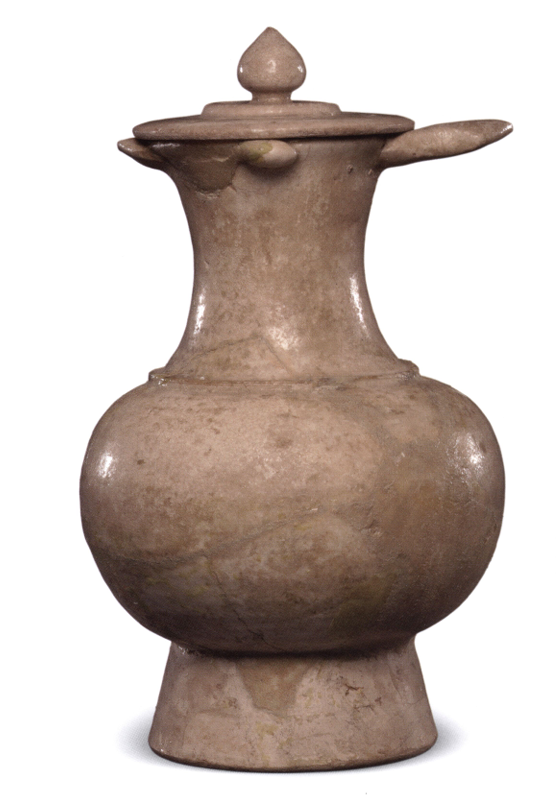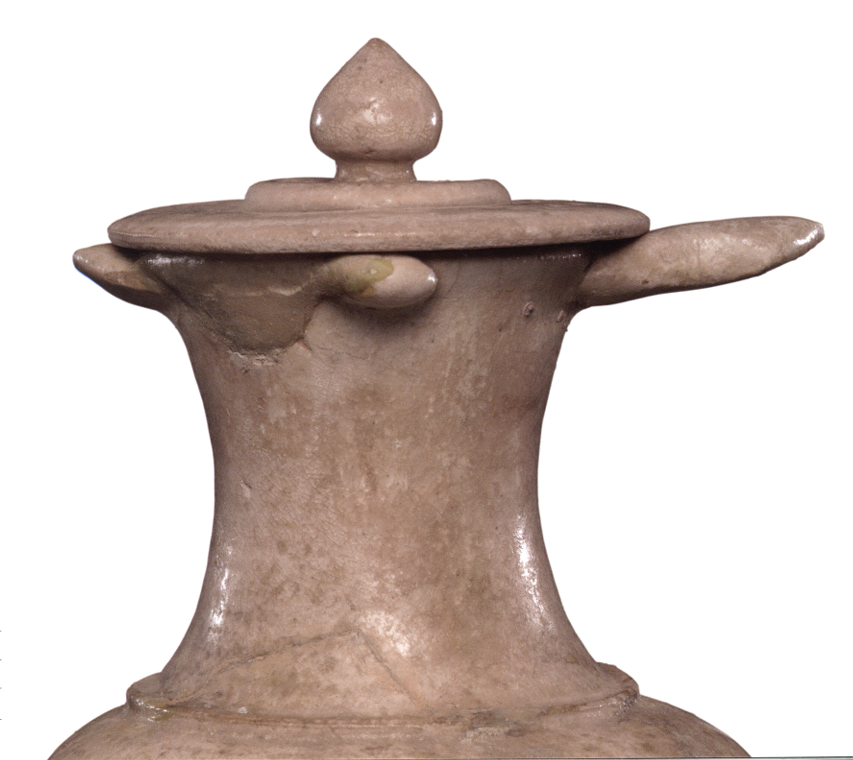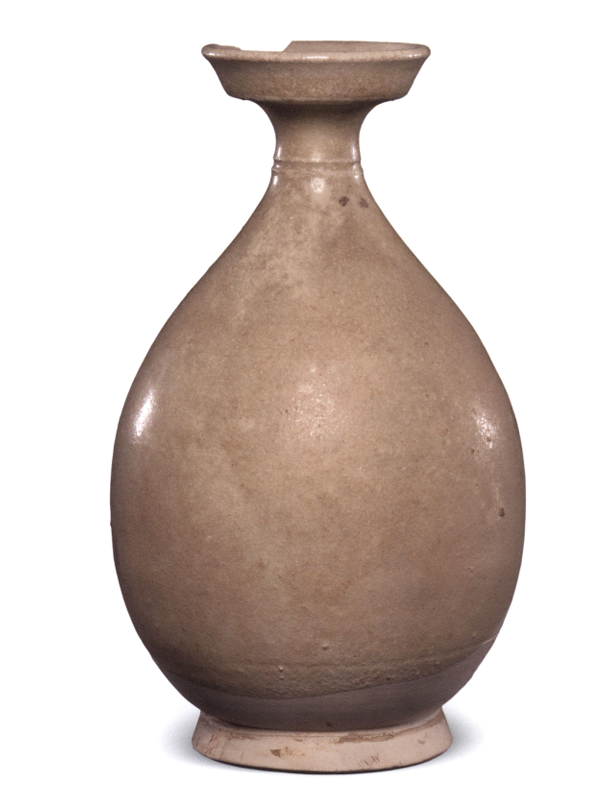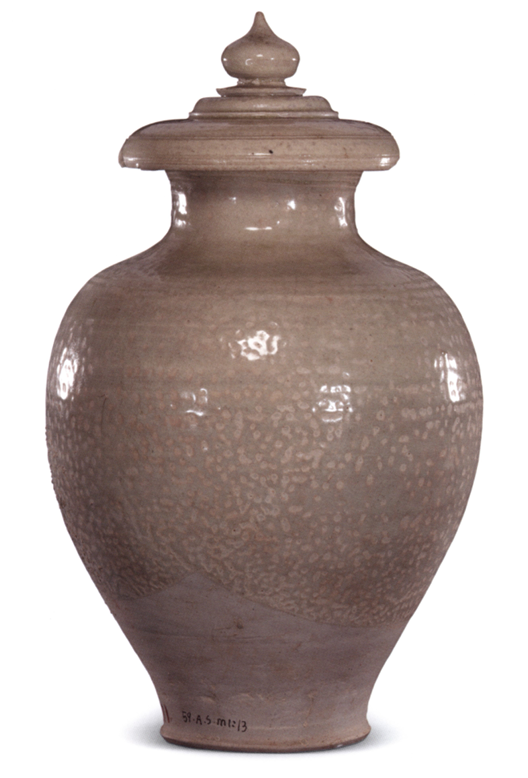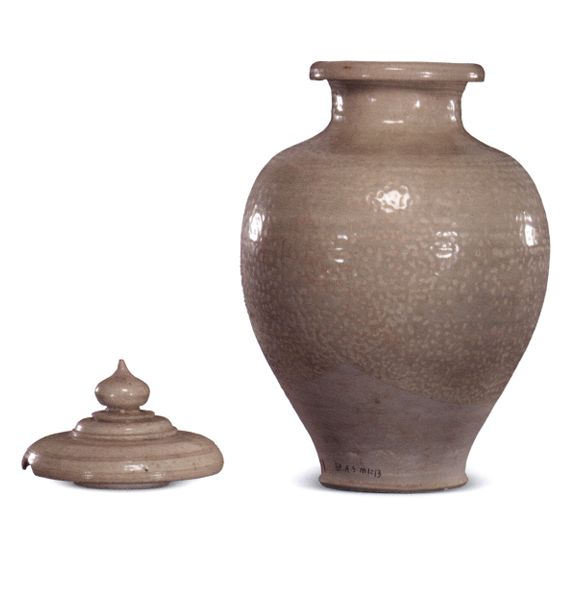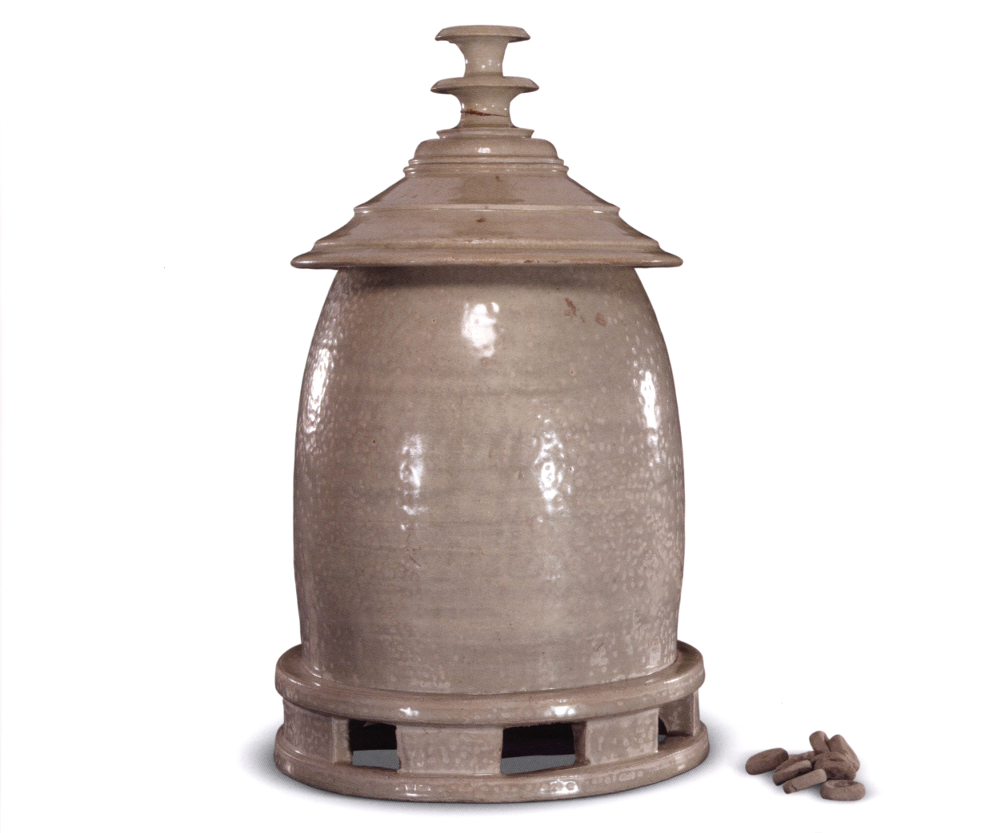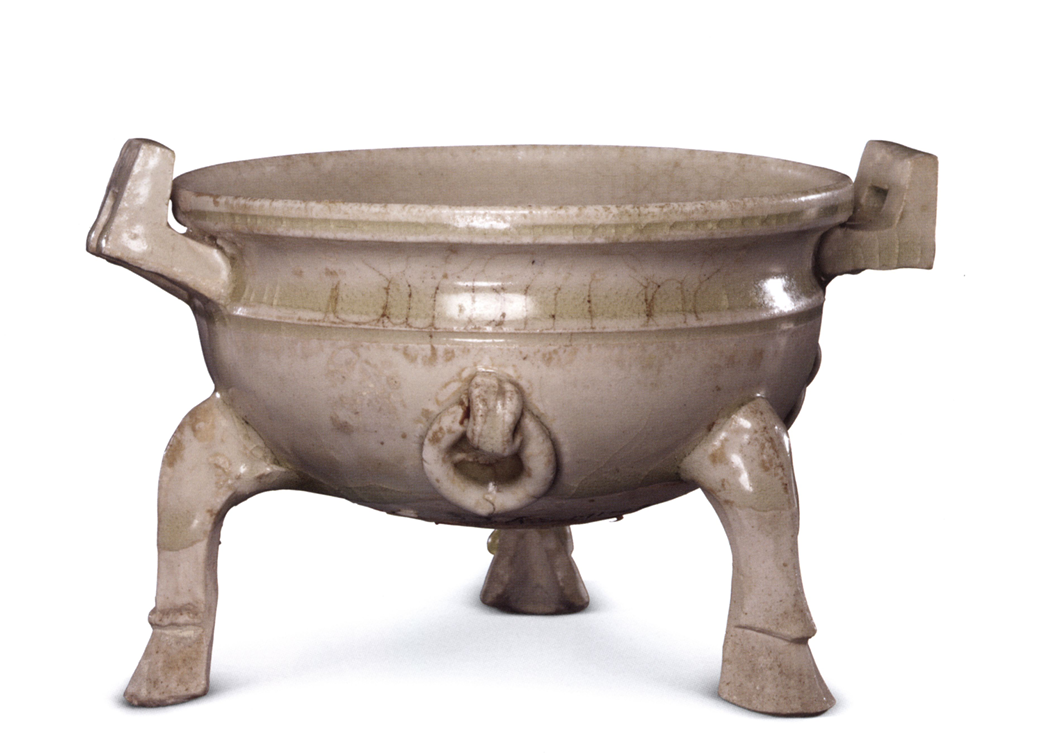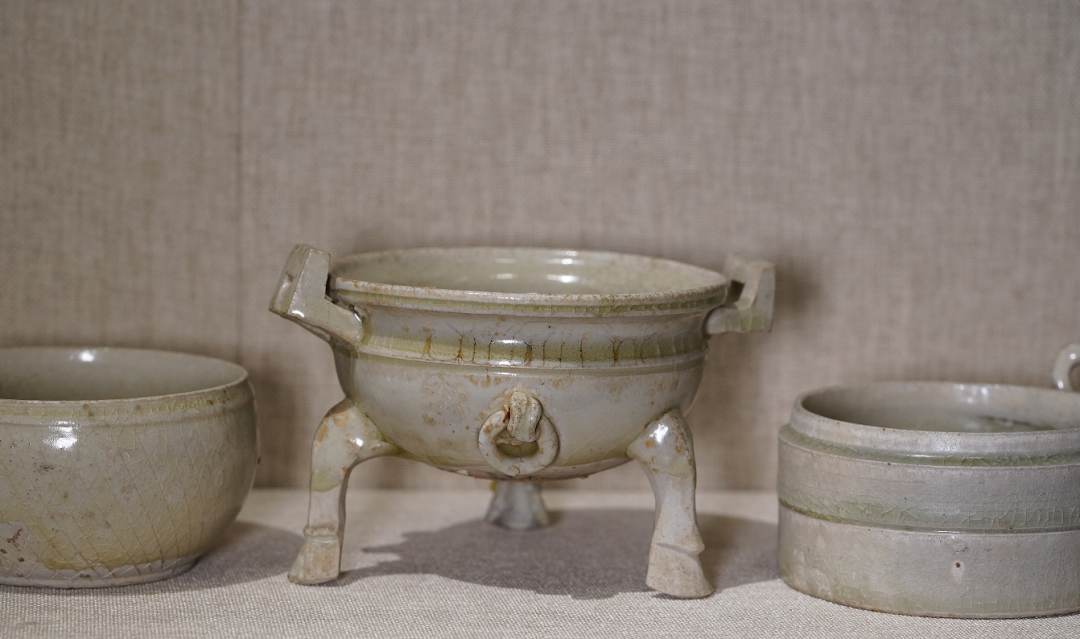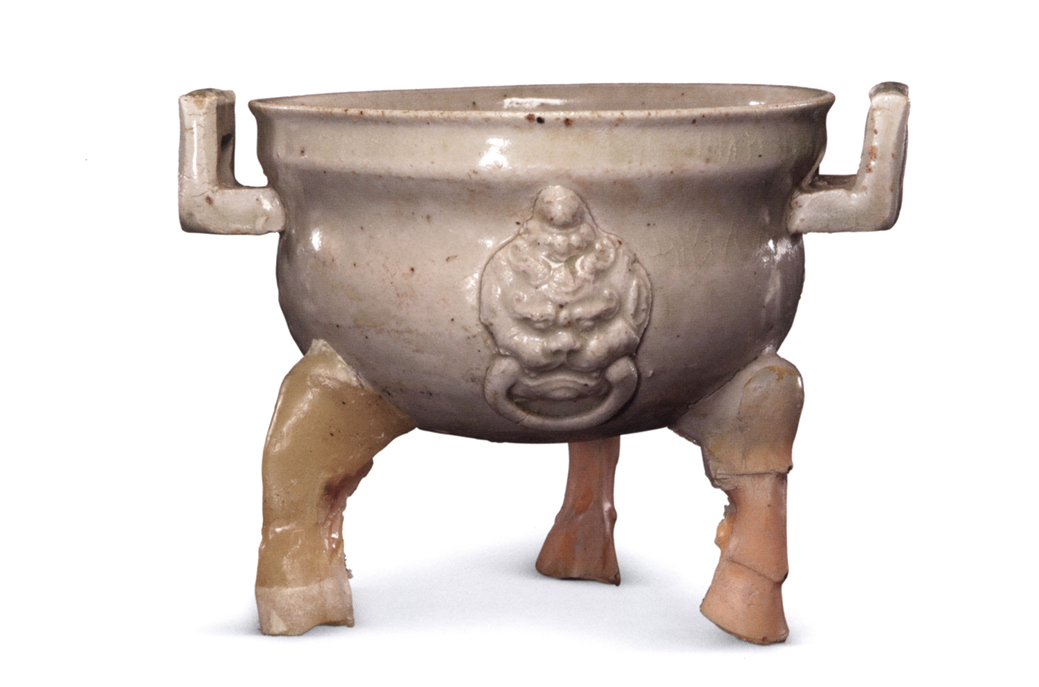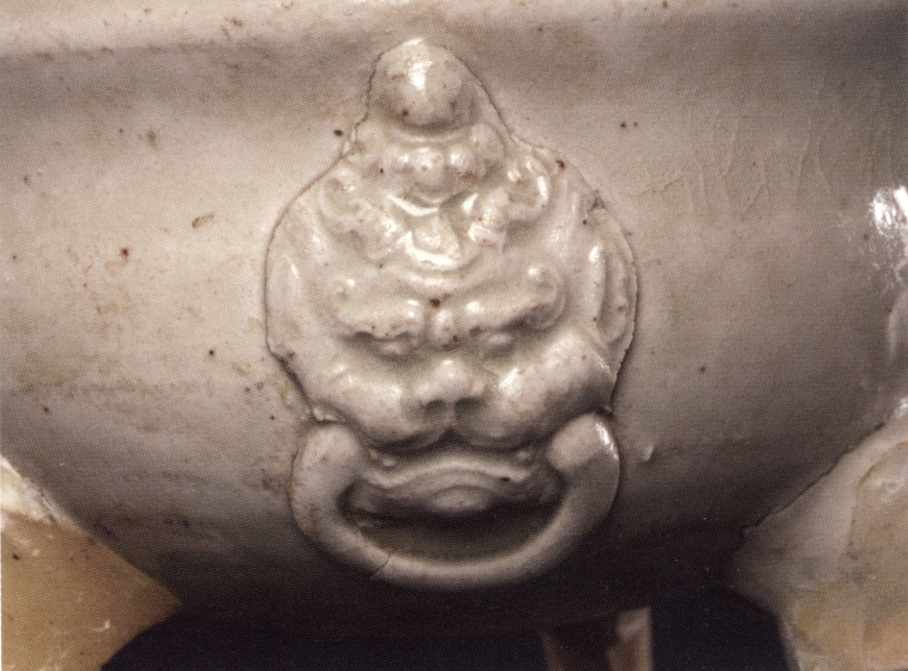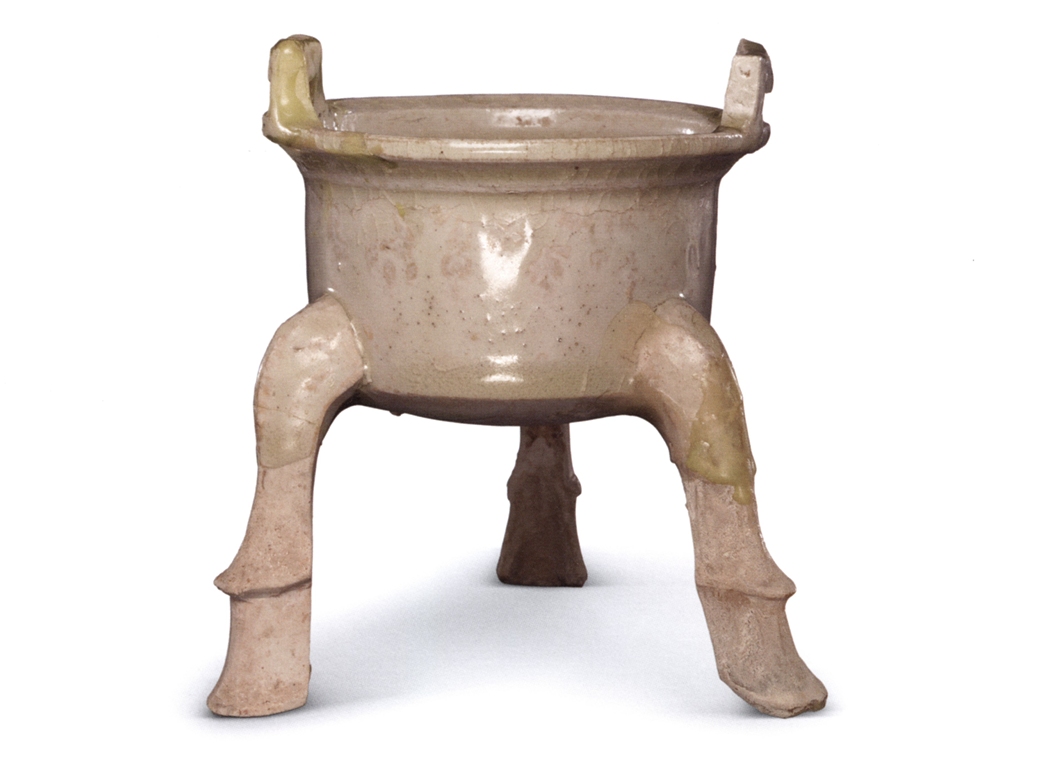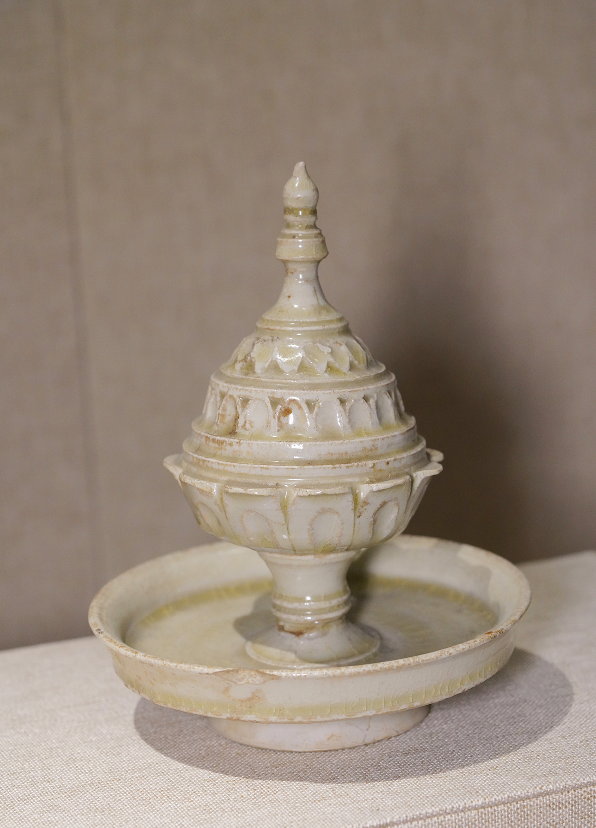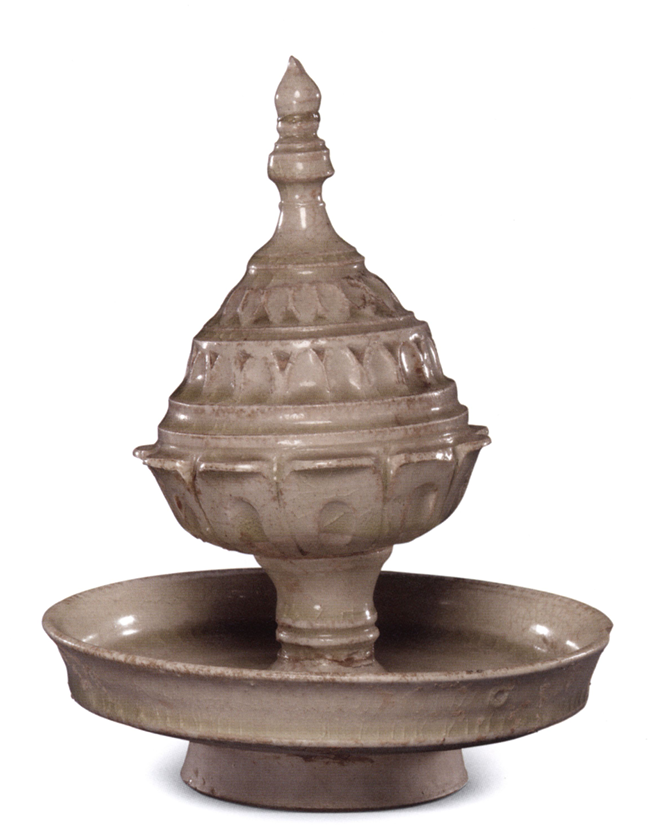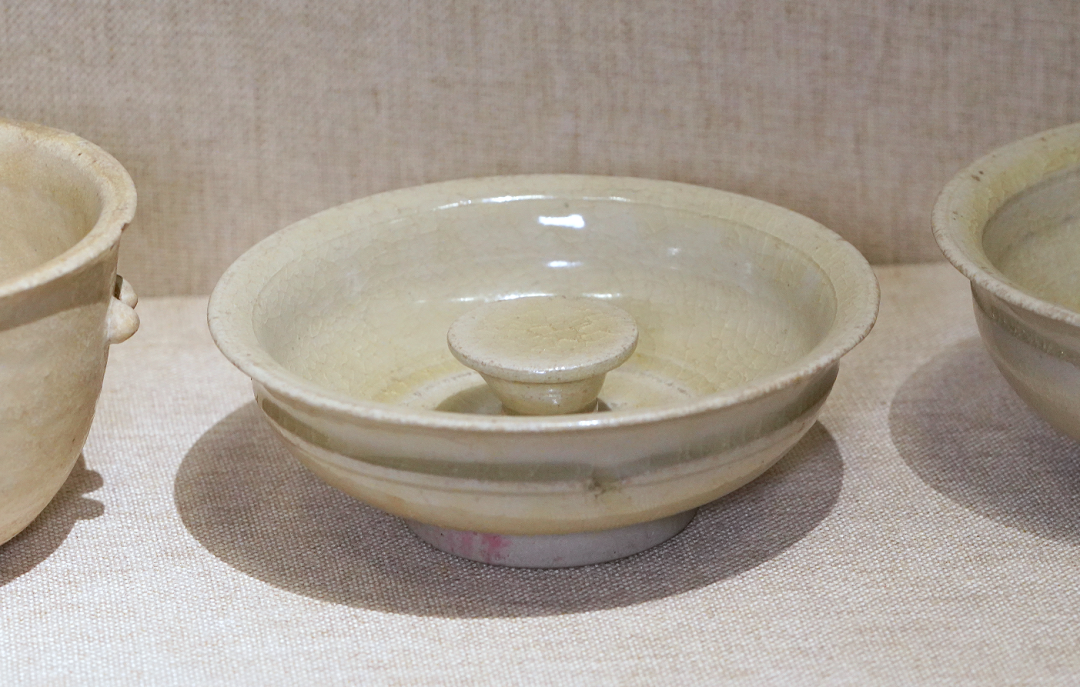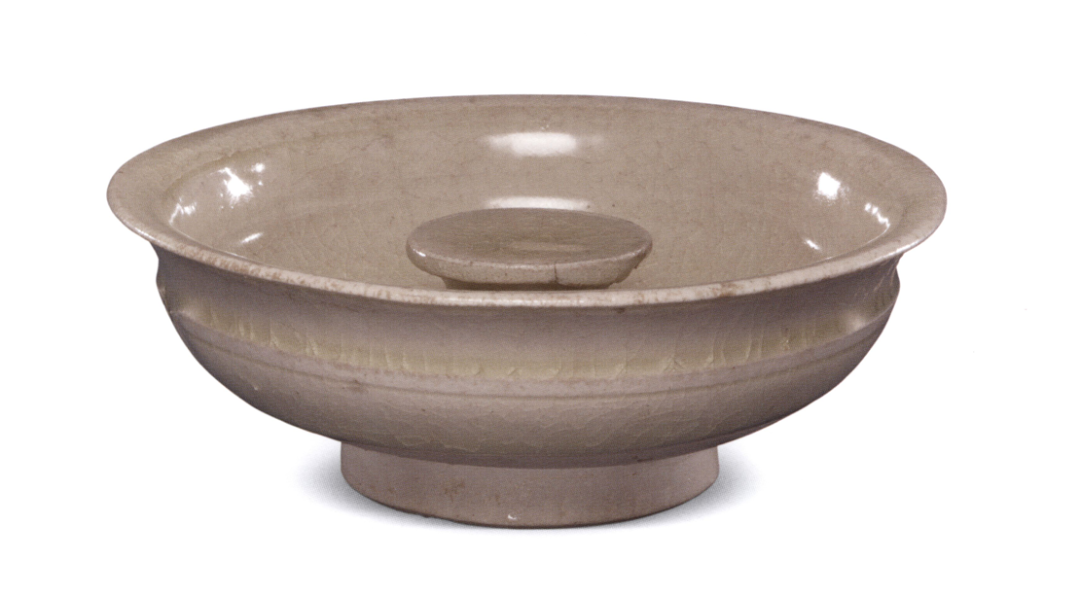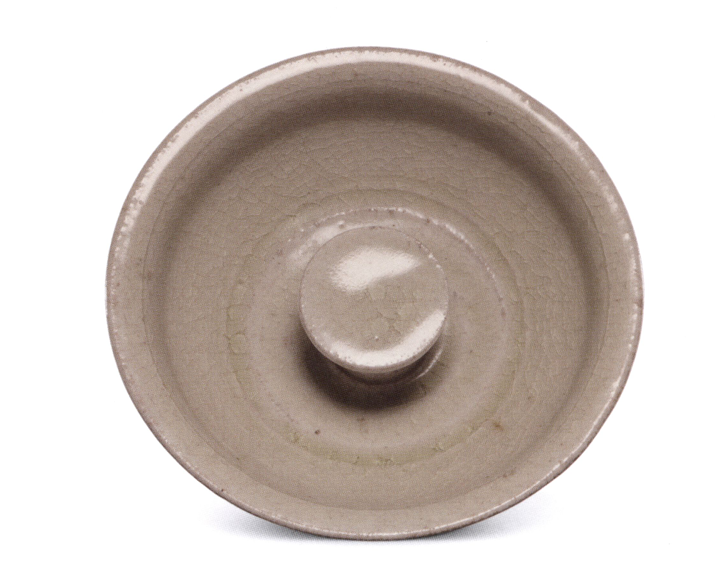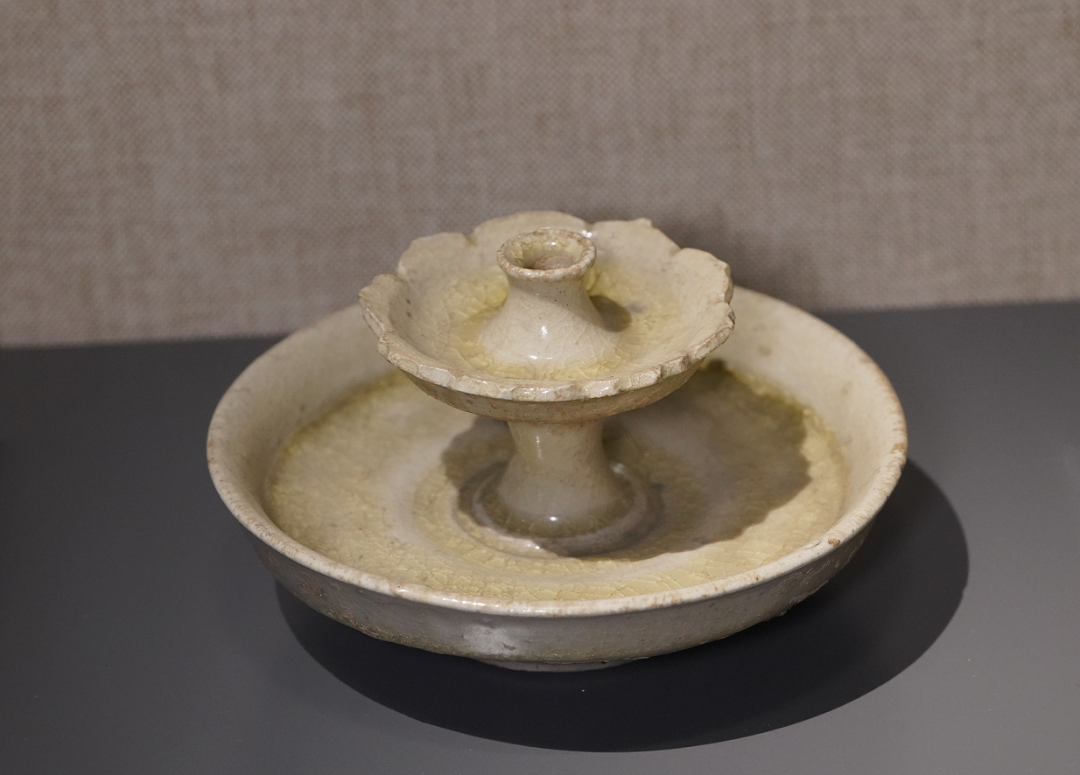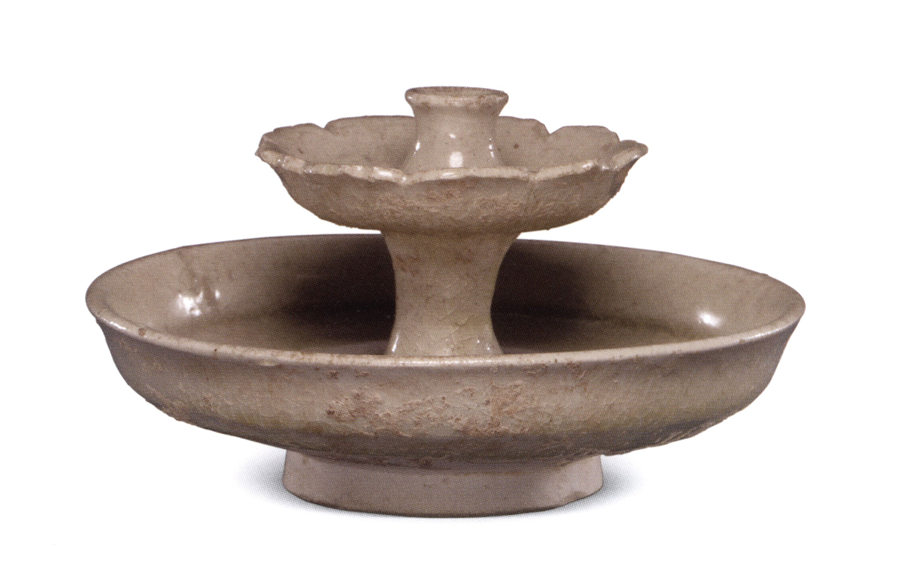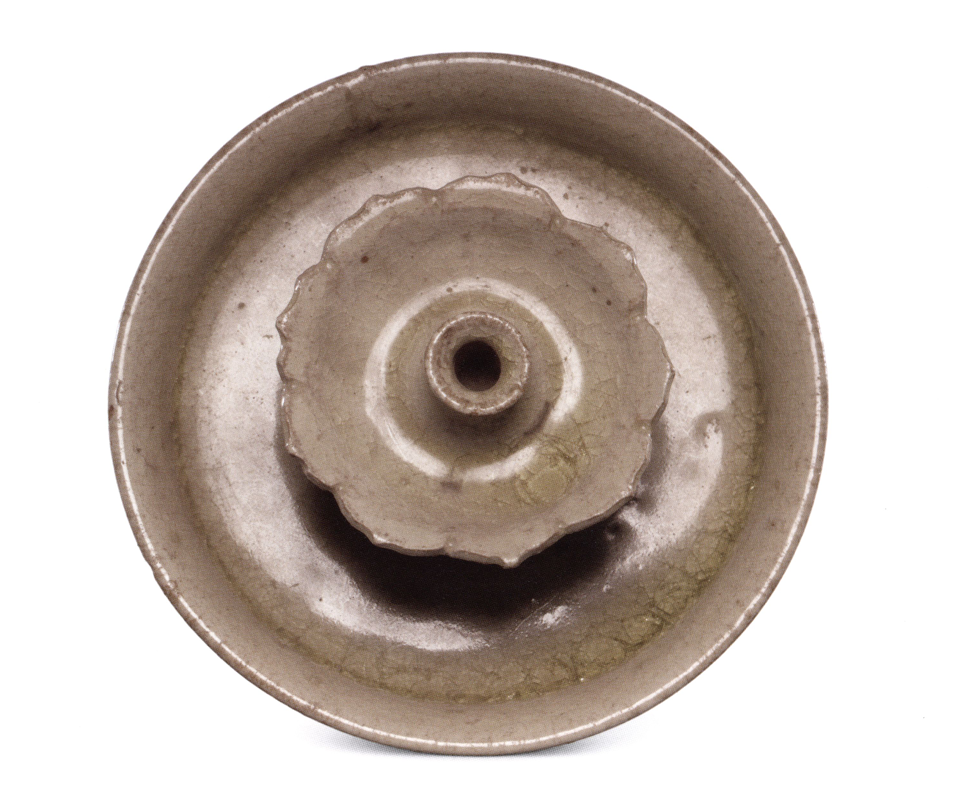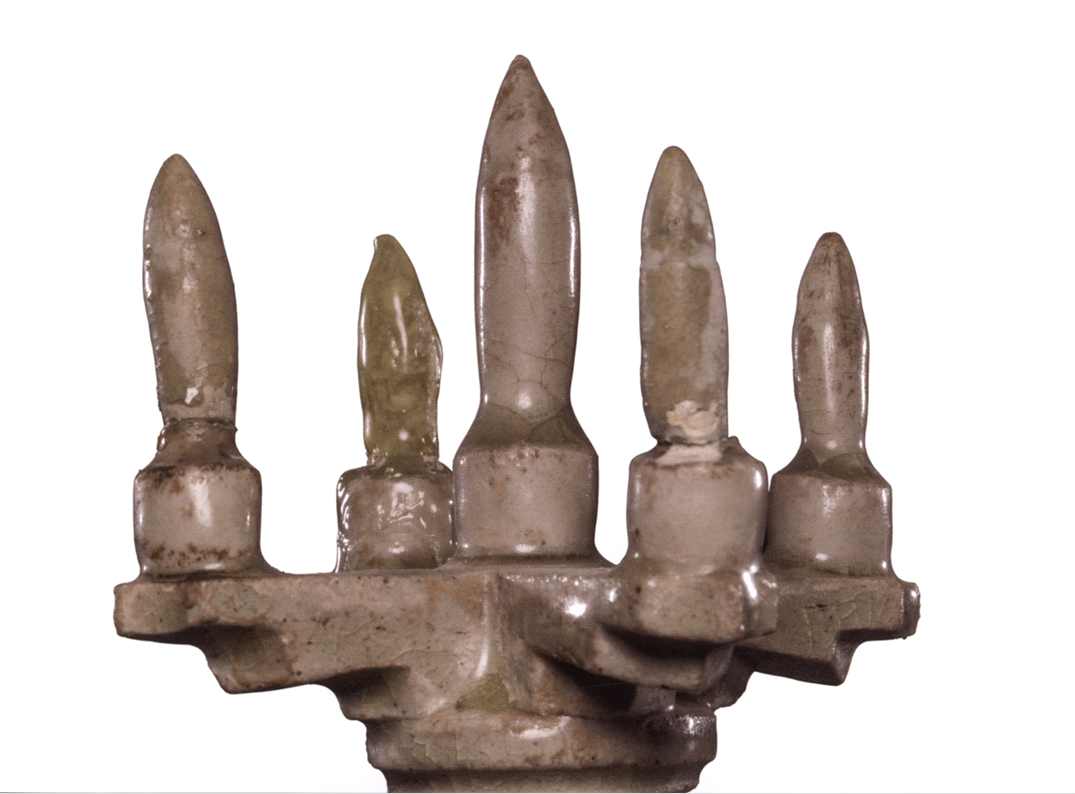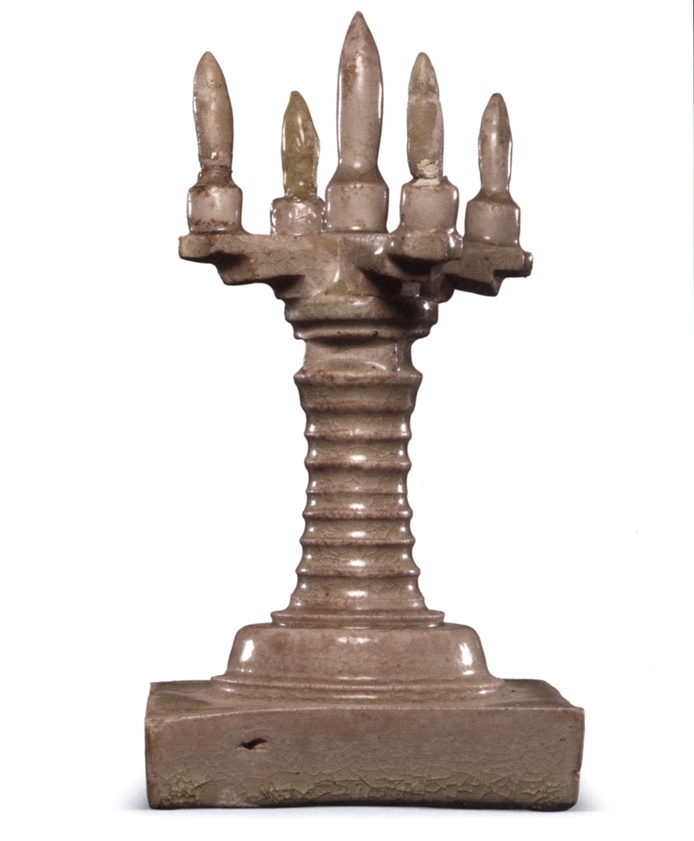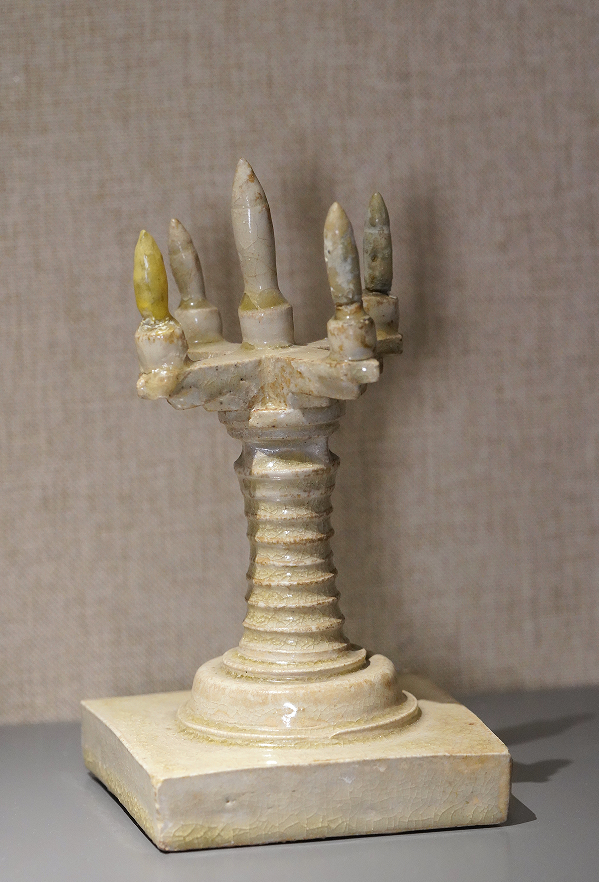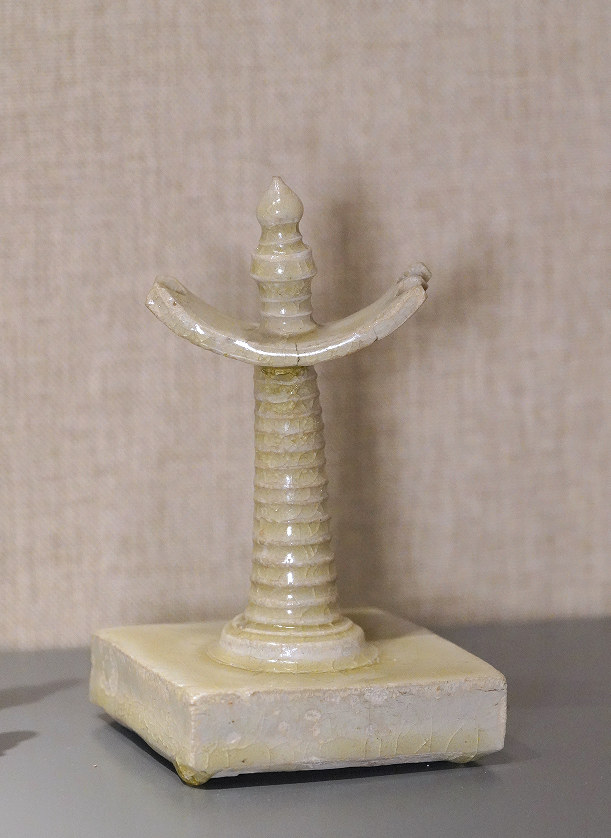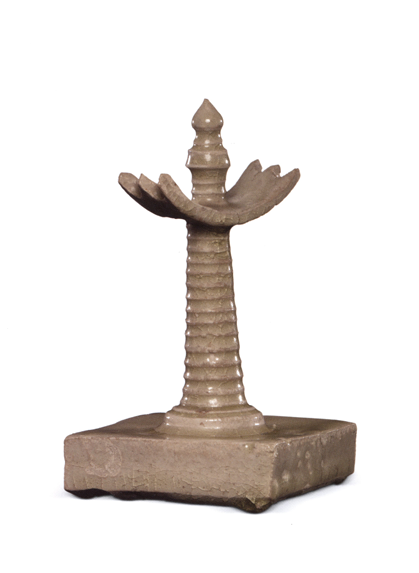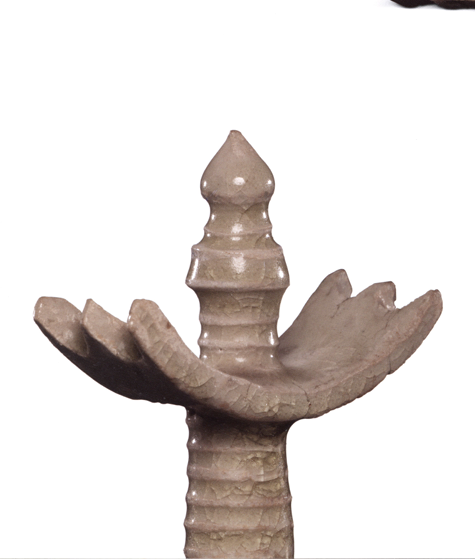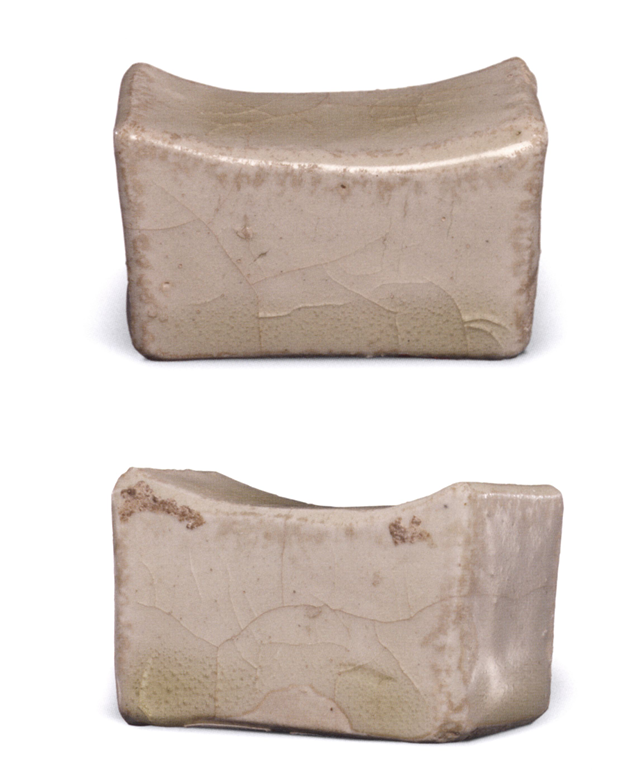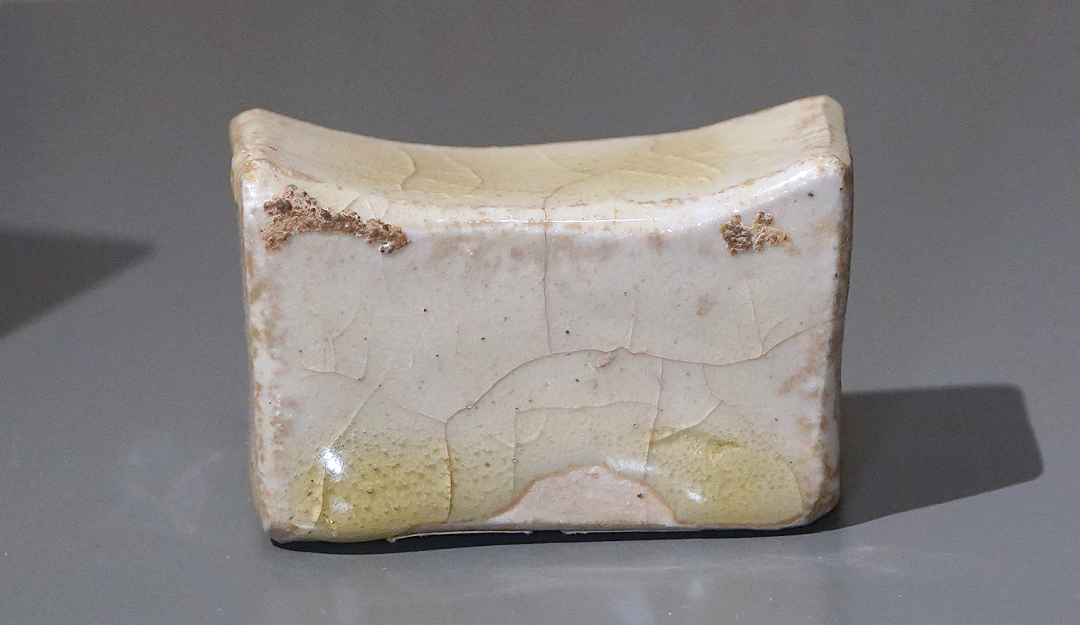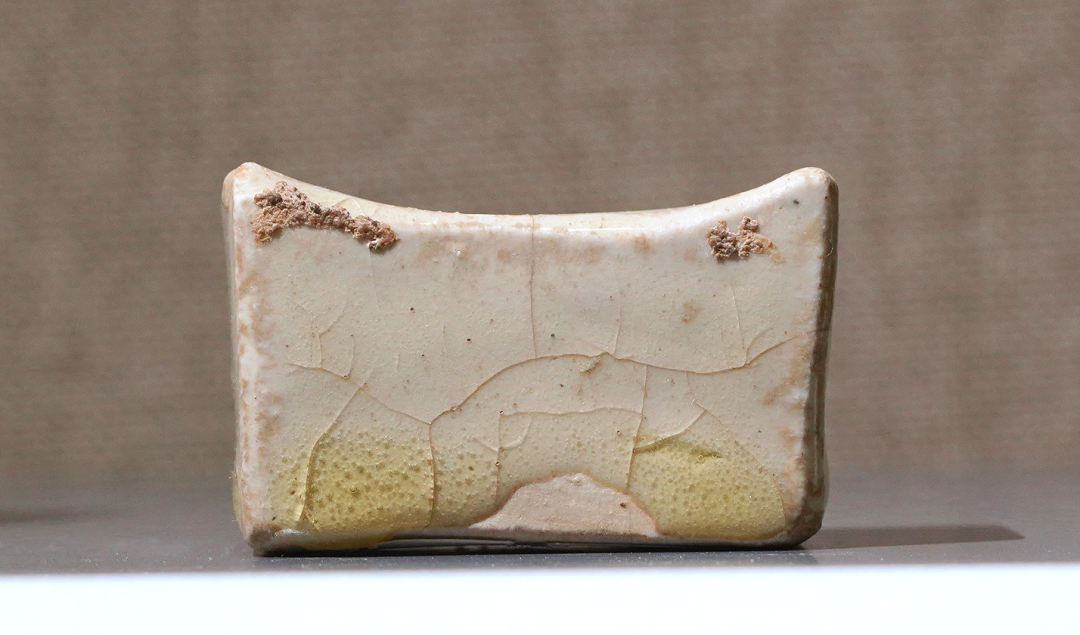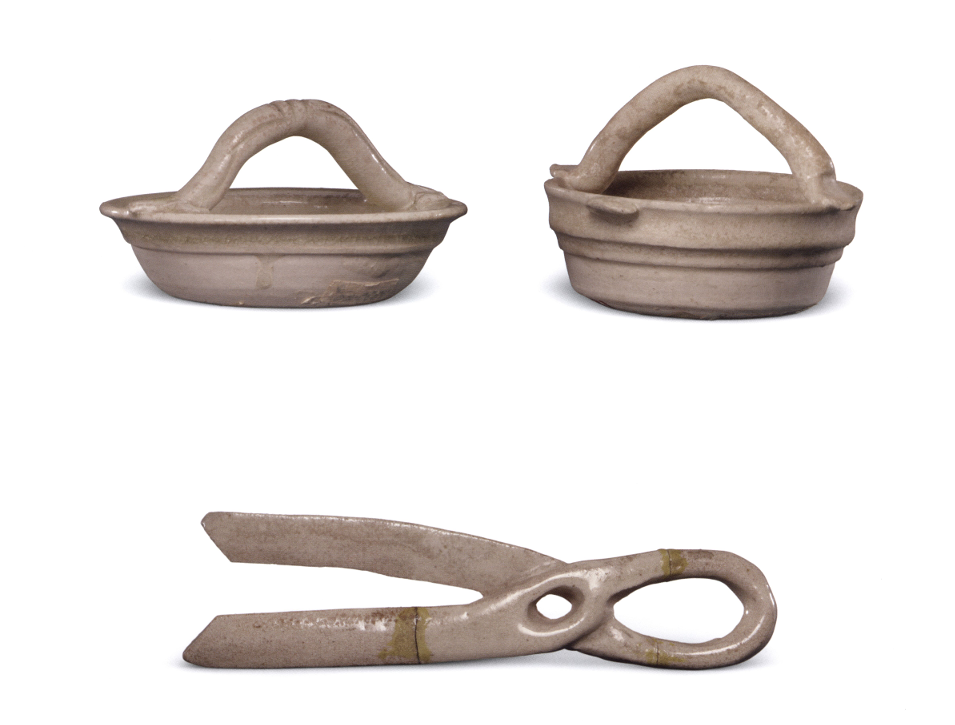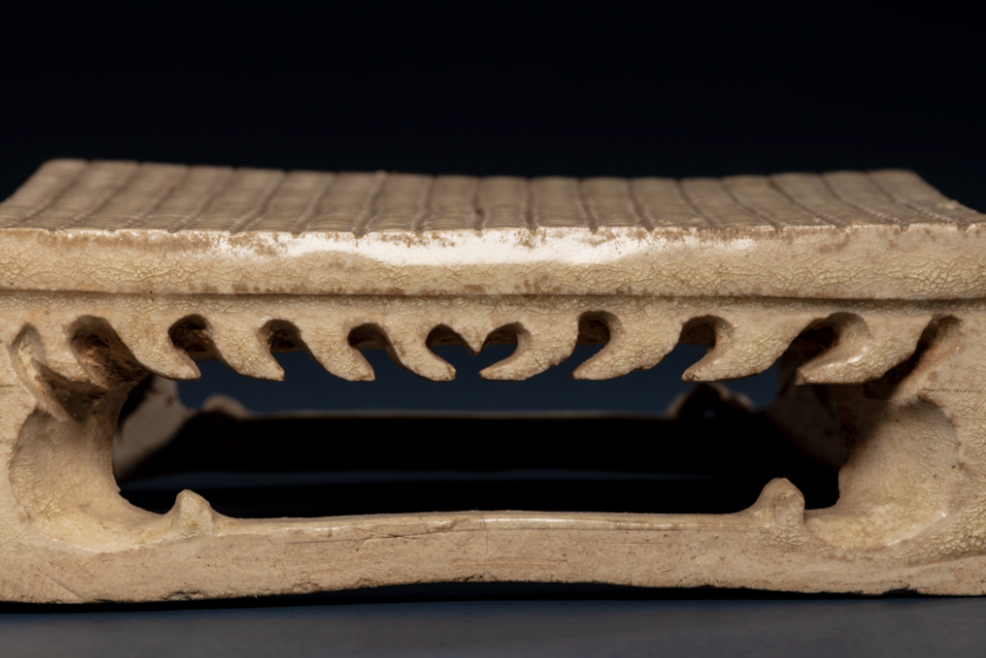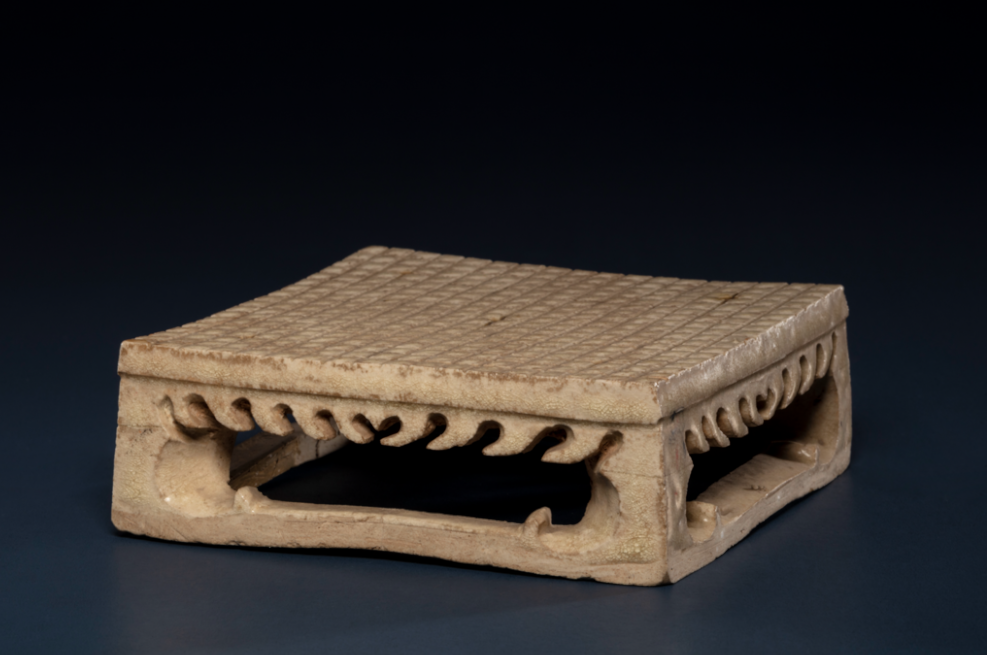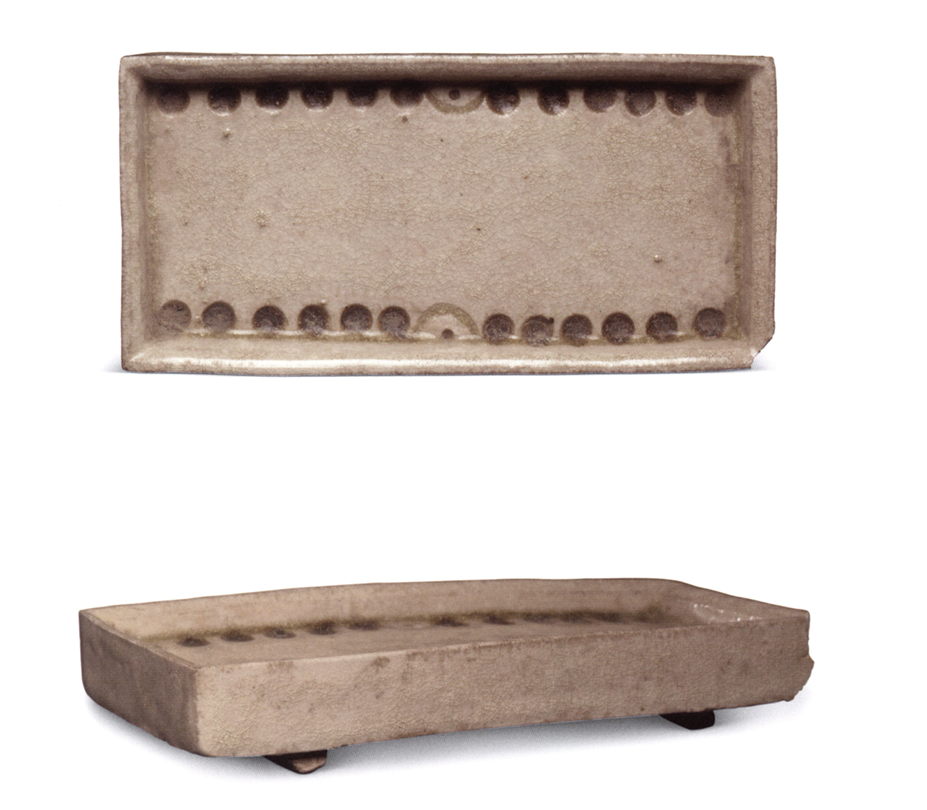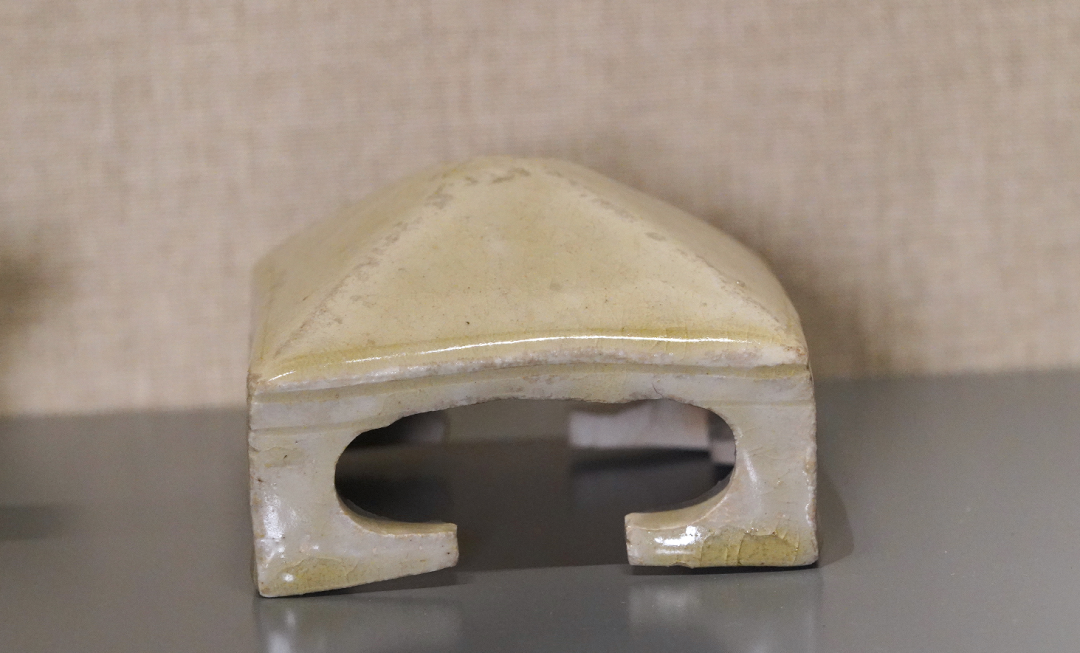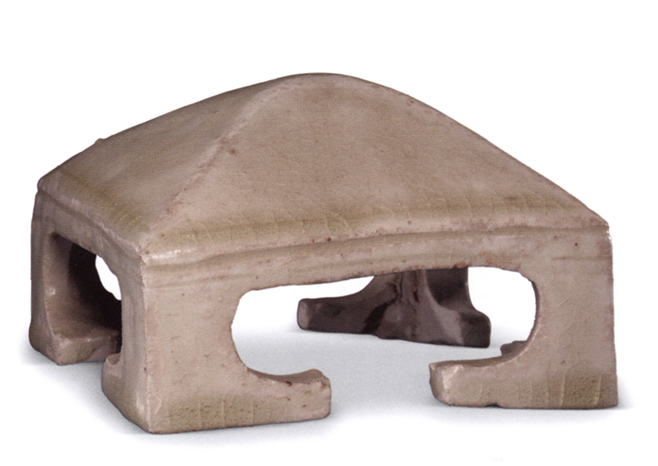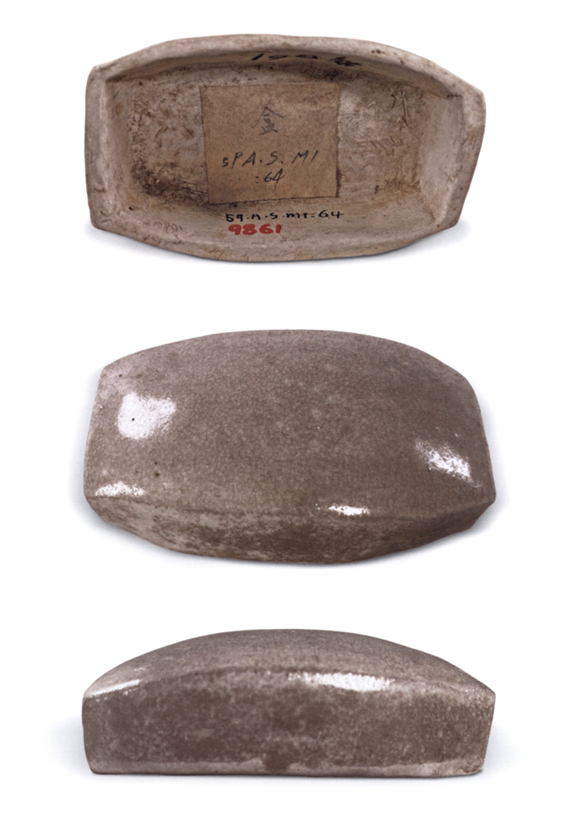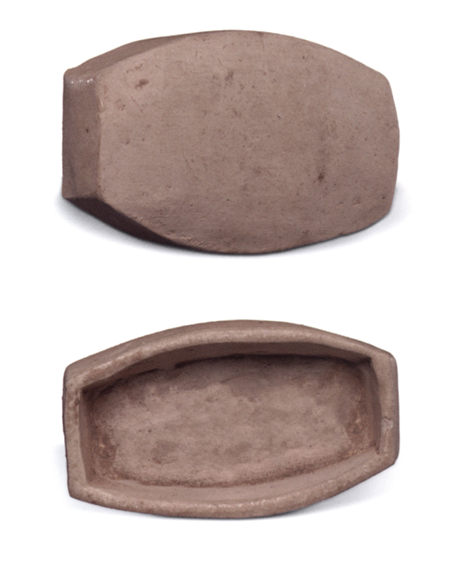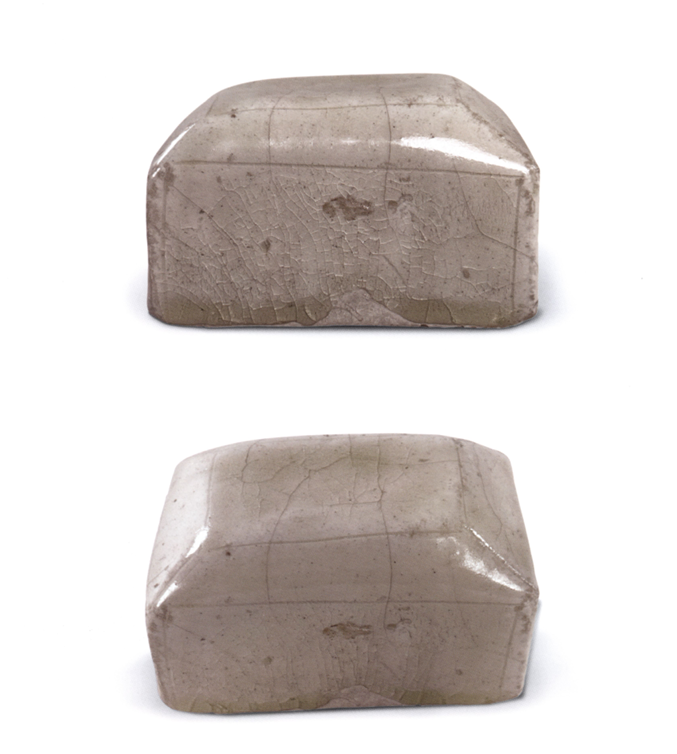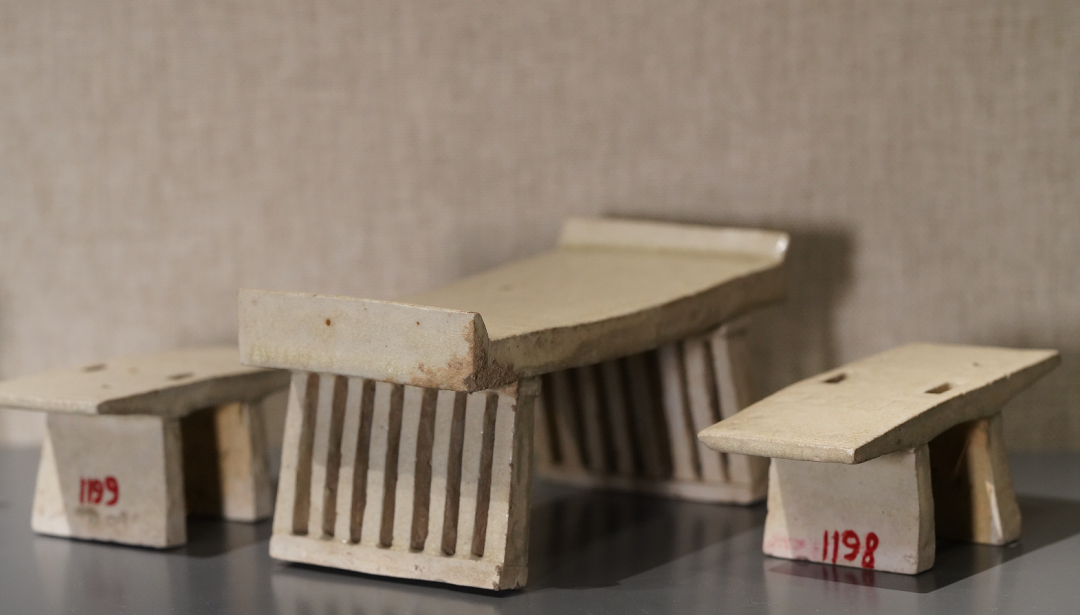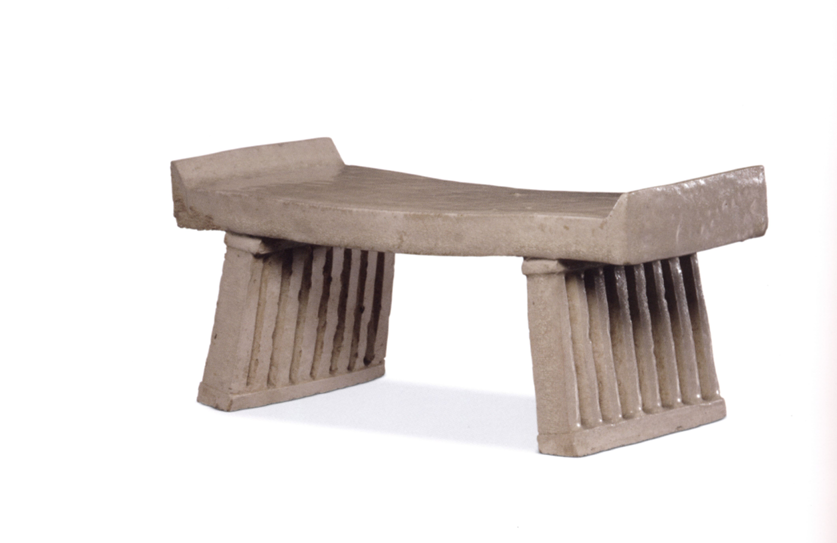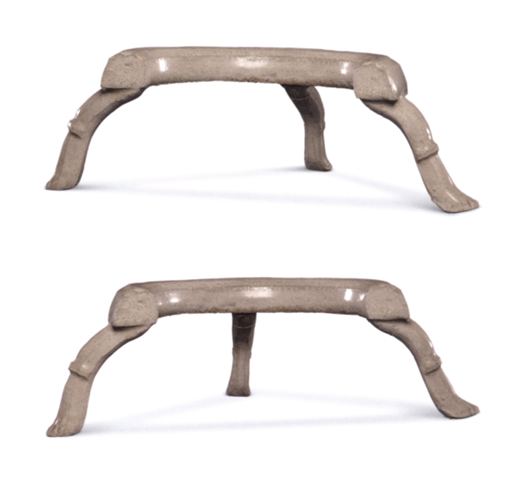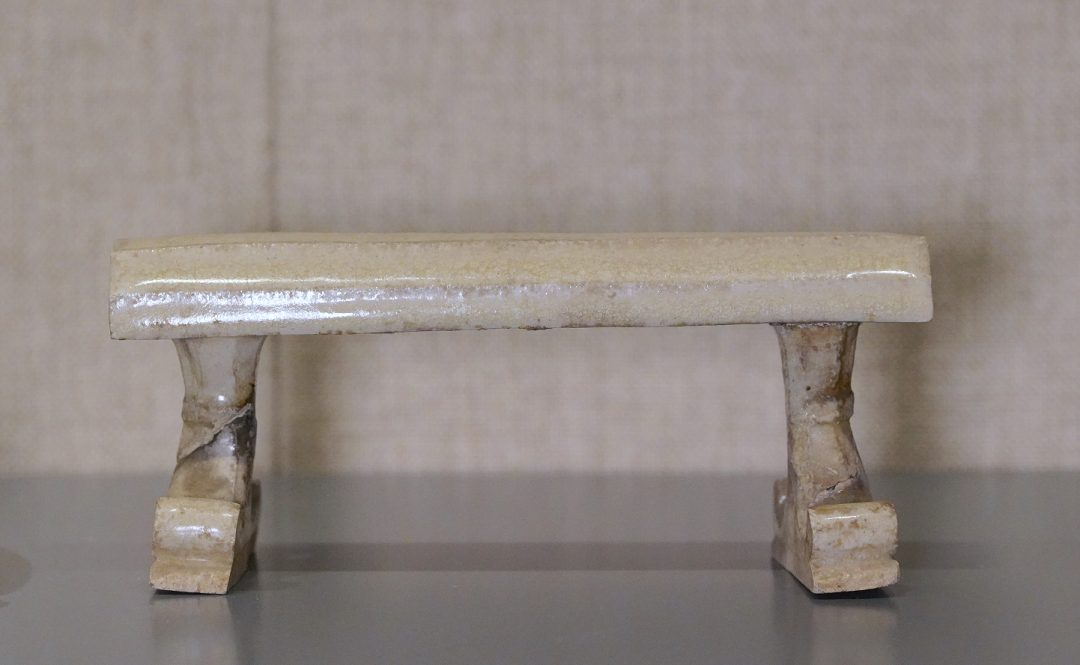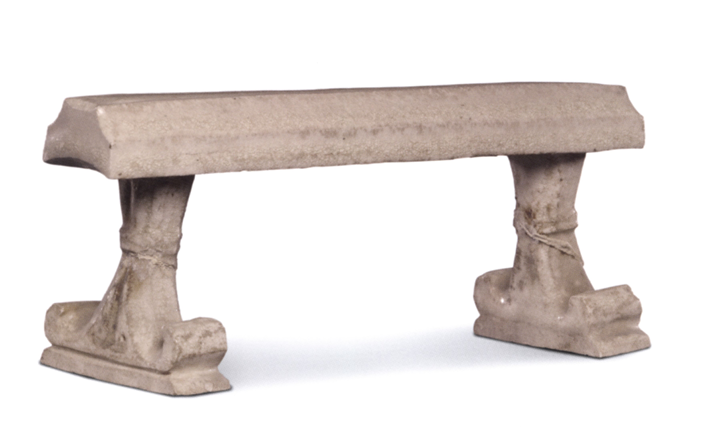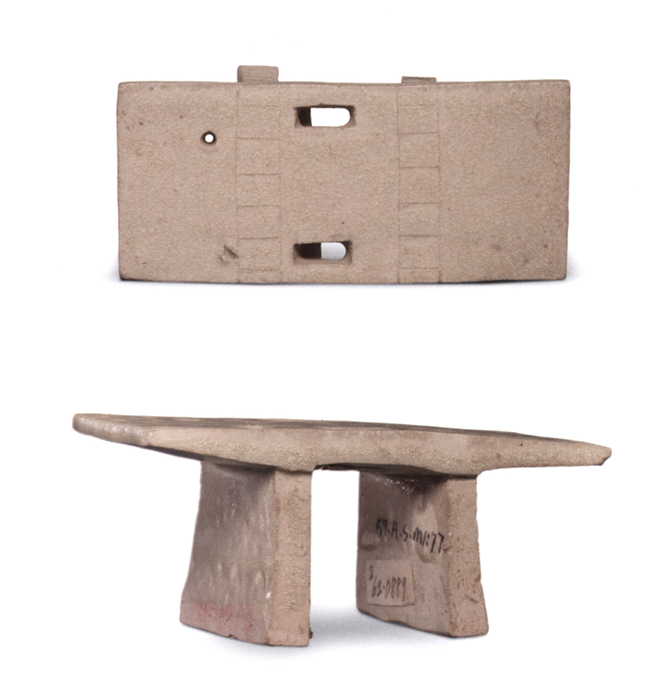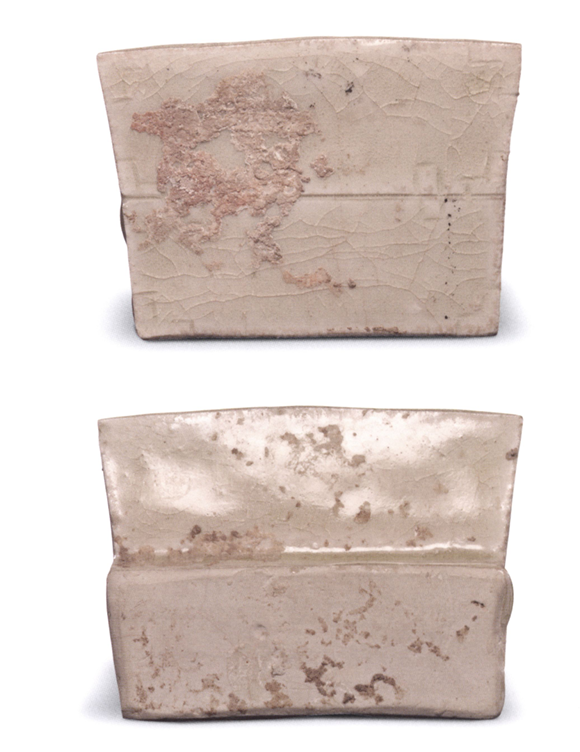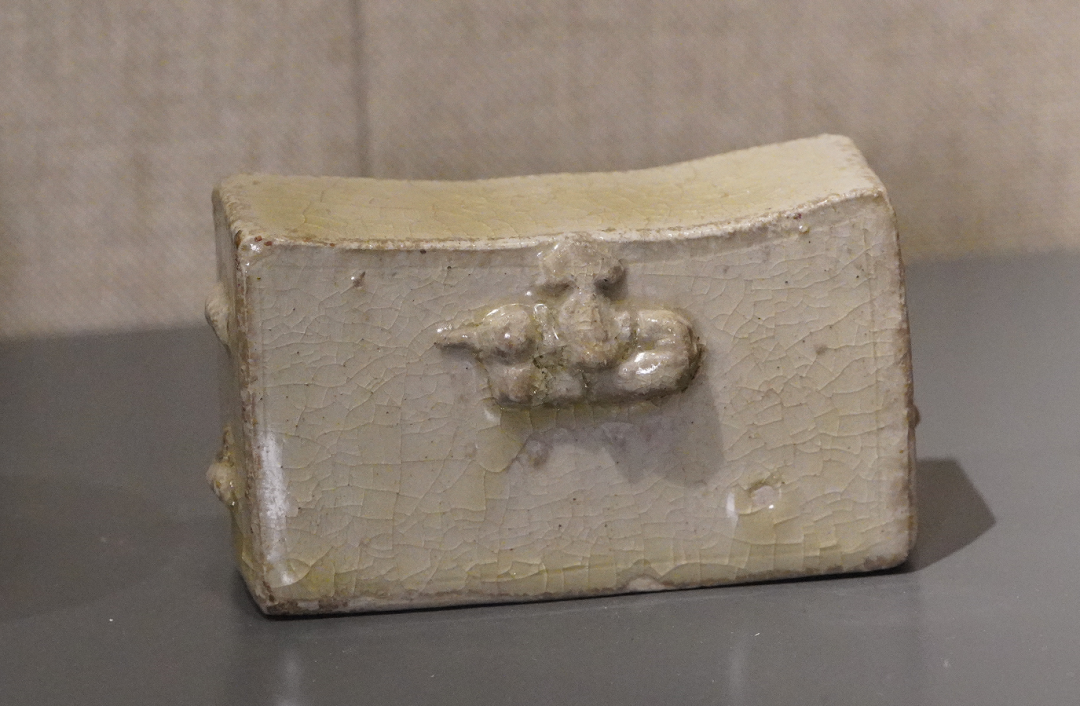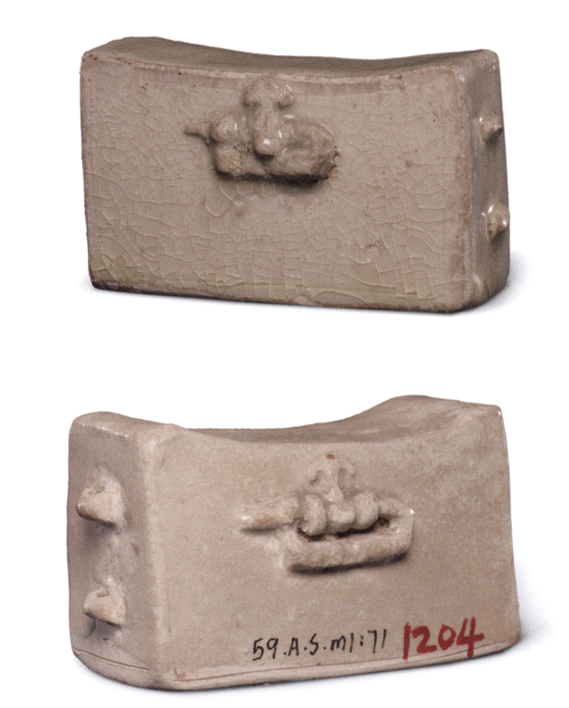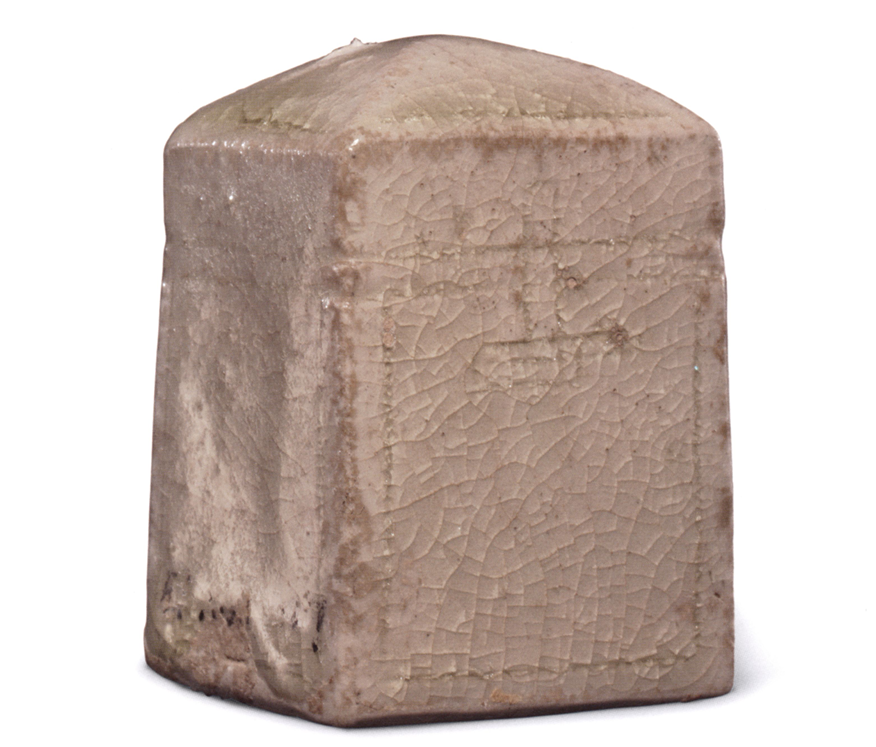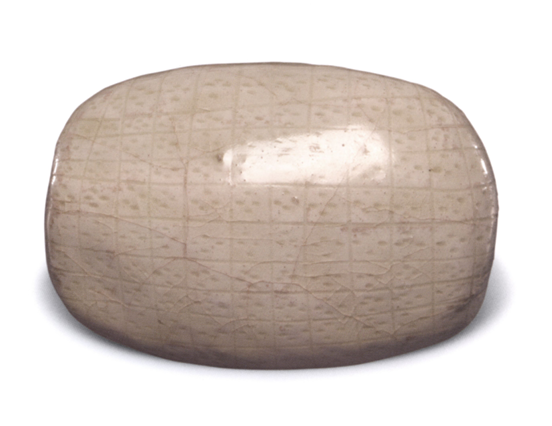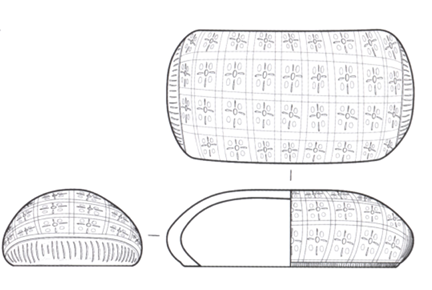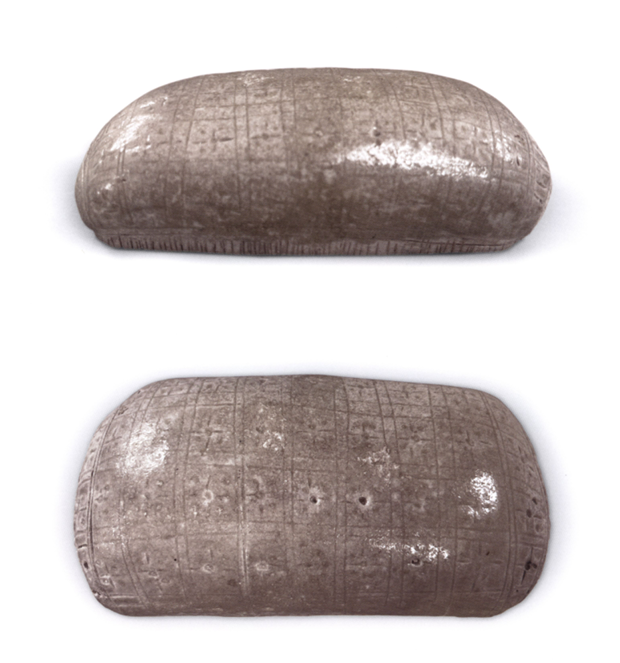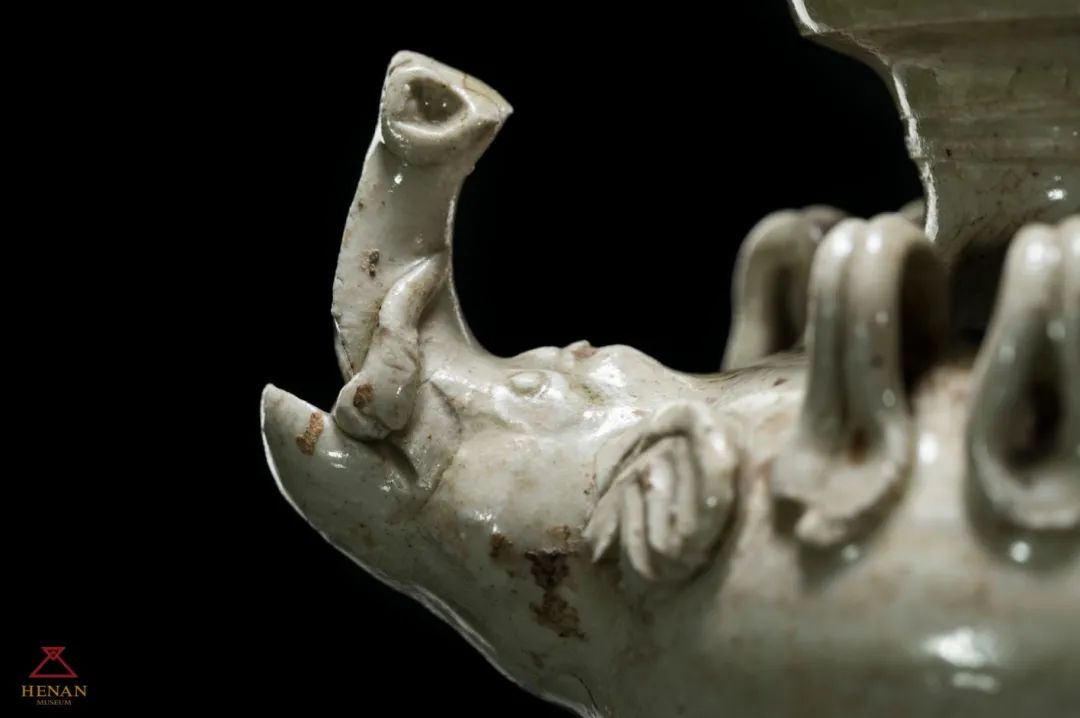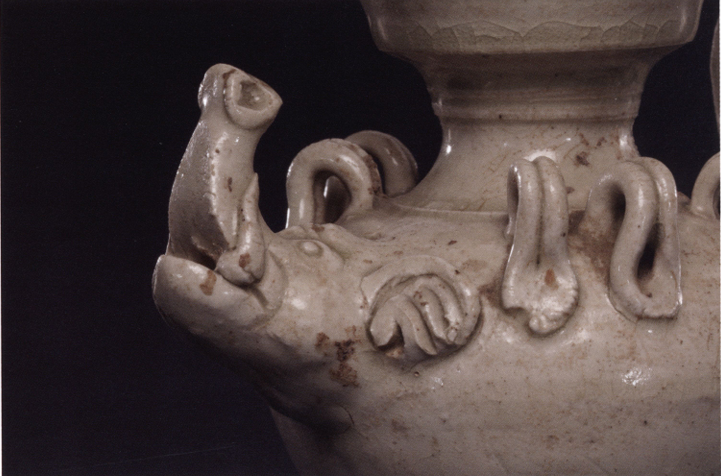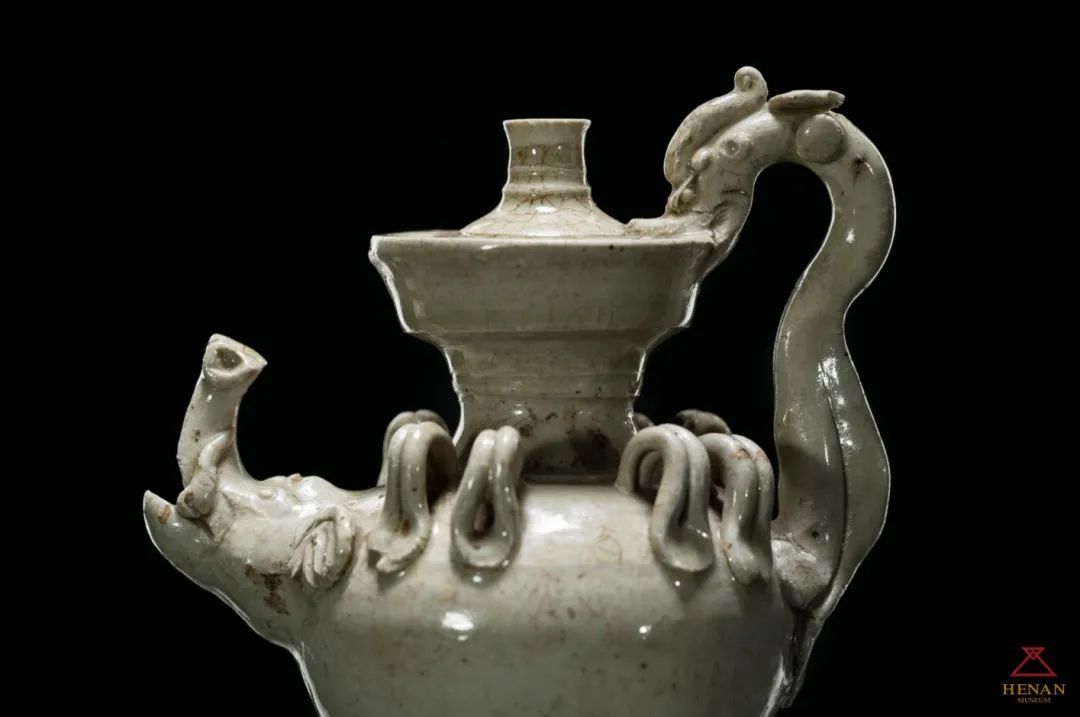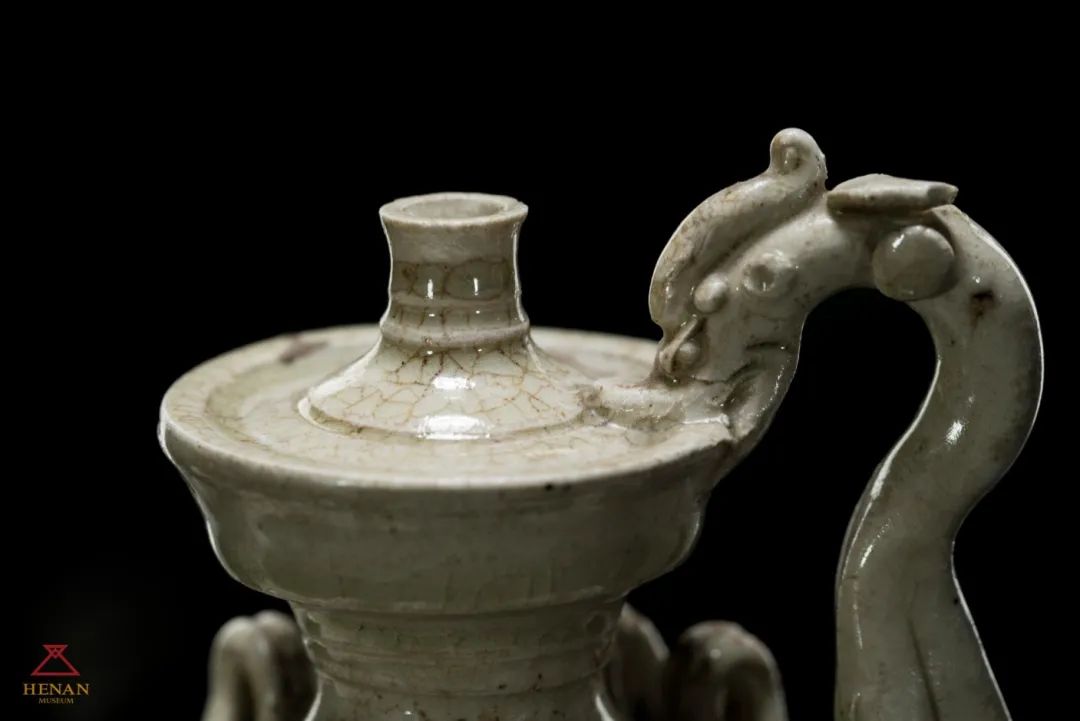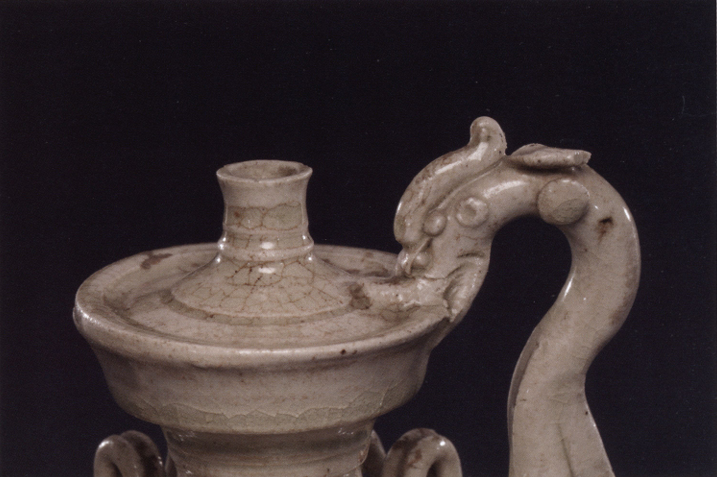The discovery of Zhang Sheng's tomb (595 AD) is a milestone in the study of the origins of white porcelain: it provides early white porcelain artifacts with clear dates. Compared to the white porcelain found in Fan Cui's tomb from the Northern Qi dynasty, the white porcelain from Zhang Sheng's tomb is of higher quality, confirming that the Sui dynasty was the mature period of white porcelain. Its glaze color is close to pure white and its texture is dense. This article focuses on sharing the daily utensils and tableware unearthed from Zhang Sheng's tomb.
As early as the Northern Dynasties period, white porcelain had already begun to emerge, but it was not until the Sui Dynasty that it truly matured and took center stage in history. The core difference between white porcelain and celadon lies in the extremely low iron content of the body and glaze (typically less than 1%), which requires high-temperature firing in an oxidizing flame to achieve a white body and transparent glaze. This technological innovation made white porcelain another great invention in the history of ceramics, following celadon.
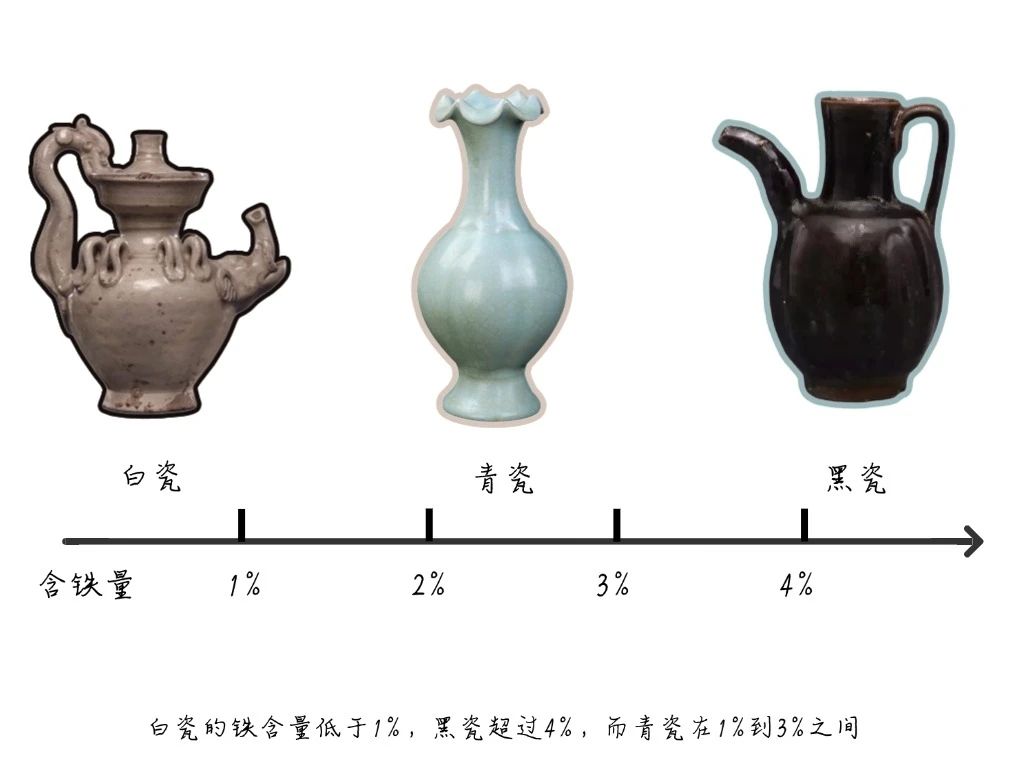
2021, the 14 “Tang Dynasty girls” in the Henan Spring Festival Gala dance program “Tang Palace Night Banquet” stunned the nation with their playful and adorable appearance. Their costumes were directly inspired by the Sui Dynasty music and dance figurines unearthed from the tomb of Zhang Sheng in Anyang, Henan in 1959.
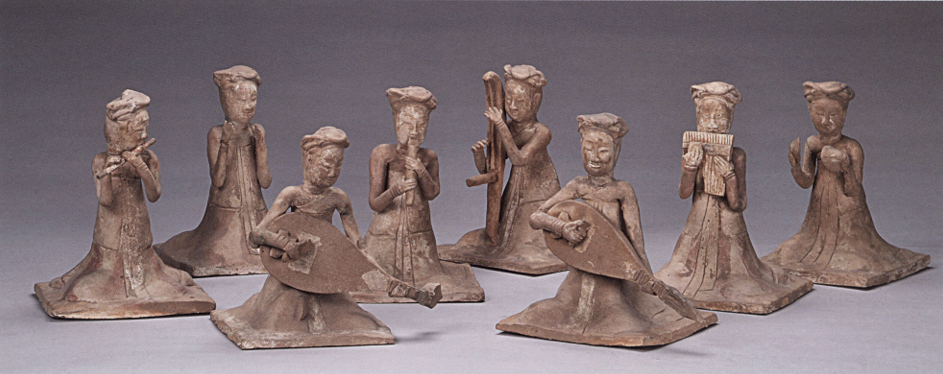
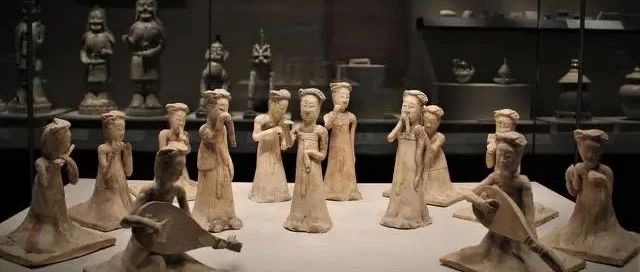
绘彩陶伎乐女俑 河南博物院藏
The tomb of Zhang Sheng is a brick chamber tomb from the Sui Dynasty with a definite date. According to the tomb inscription unearthed, the tomb owner was a former general of the Sui Dynasty and a middle-ranking official, who was buried in the 15th year of the Kaihuang reign (595). The tomb is shaped like the Chinese character “甲” (meaning “A”) and runs roughly north-south. It consists of four parts: a sloping tomb passage, a passageway, an ear chamber, and a tomb chamber.

张盛墓 图
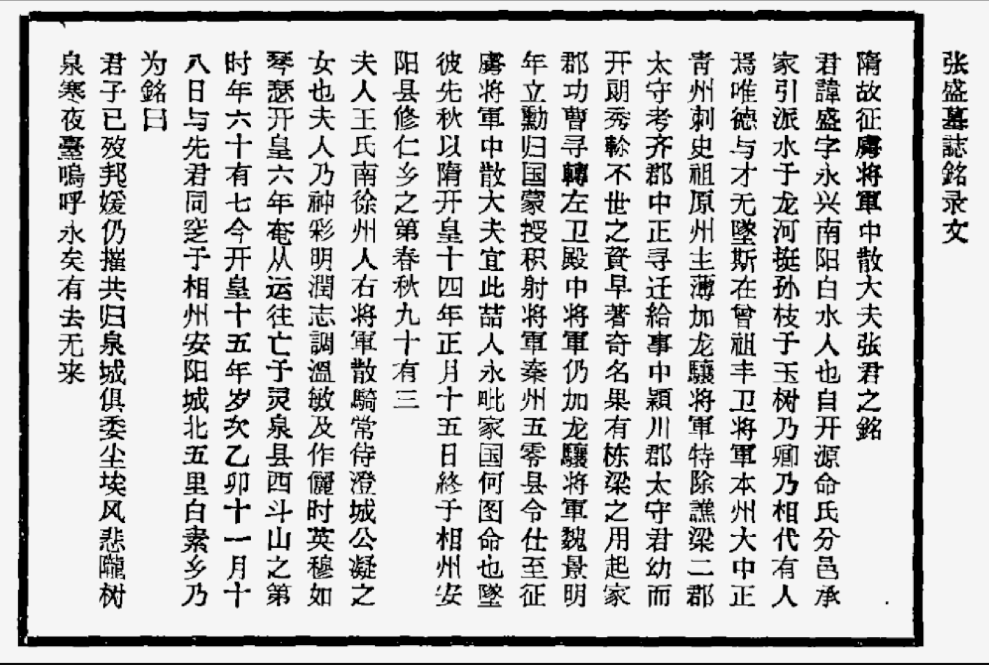
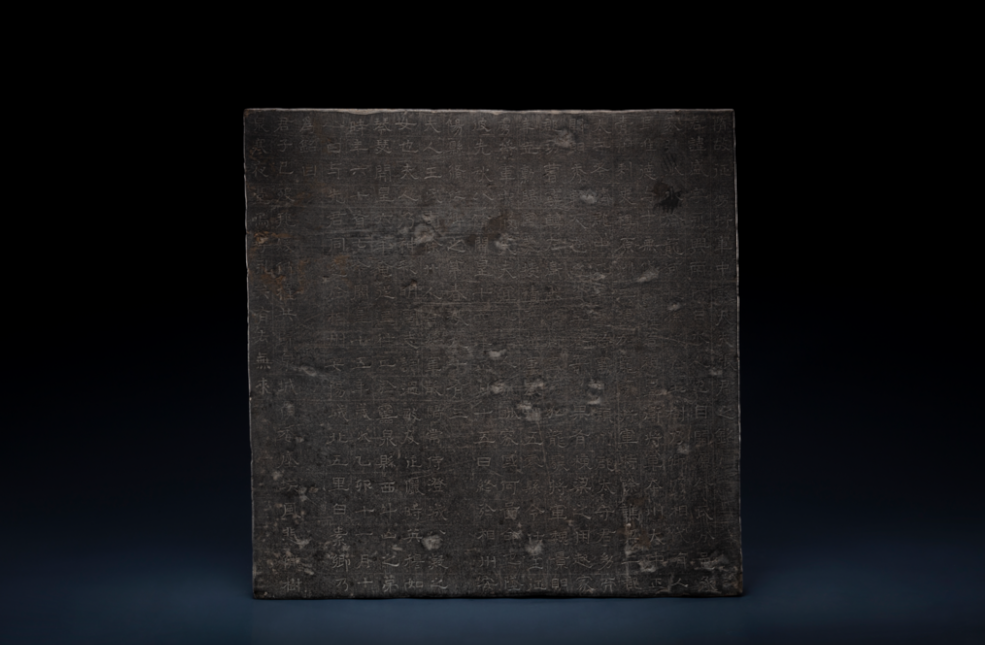
张盛墓志铭文
The excavation of Zhang Sheng's tomb has provided crucial empirical evidence for the history of white porcelain development. Among the burial items in Zhang Sheng's tomb, there were more than 100 pieces of porcelain, including three green-glazed porcelain bowls, with the rest being white-glazed porcelain. In particular, six large white-glazed porcelain figurines were unearthed, representing a new type of artifact in Sui Dynasty tombs. These ceramics exhibit a glaze color that is either white with a hint of blue or white with a touch of yellow. The excavation report initially classified them as celadon, but after examination by Mr. Feng Xianming of the Palace Museum, they were determined to belong to the category of white porcelain.
The white porcelain unearthed from this tomb includes warrior figurines, tomb guardians, four-ringed footed plates, and Go boards, all of which are exquisitely shaped and meticulously crafted. For example, the white-glazed warrior figurines appear in pairs with attendant figurines, with the former being majestic and imposing, and the latter being humble and docile, showcasing the high level of sculptural artistry during the Sui Dynasty.
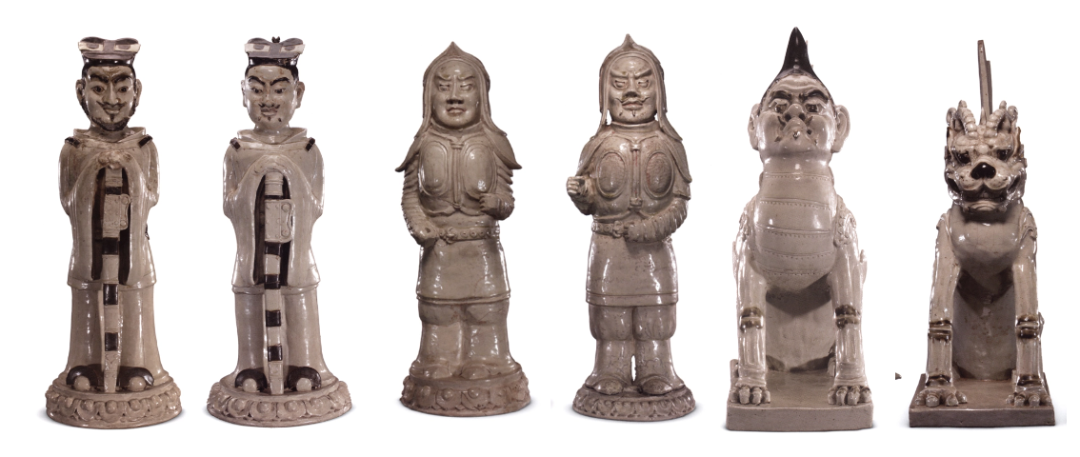
张盛墓出土武士俑侍吏俑及镇墓兽
What is particularly valuable is that the white-glazed Go board unearthed from the tomb has 19 lines, making it the earliest physical example of its kind discovered in archaeological finds to date. This marks the deep integration of Go culture and ceramic craftsmanship.
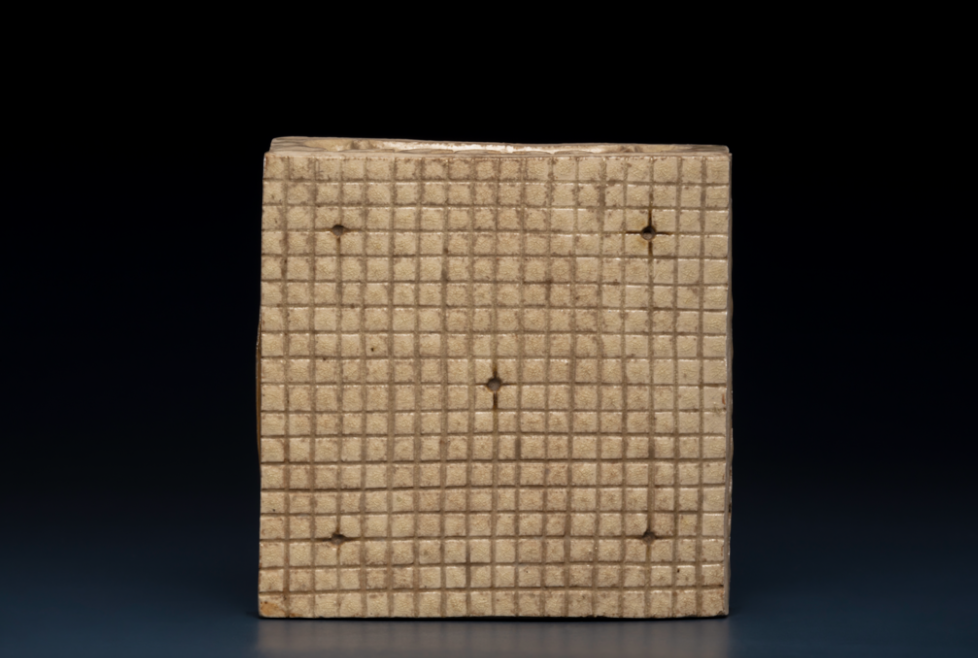
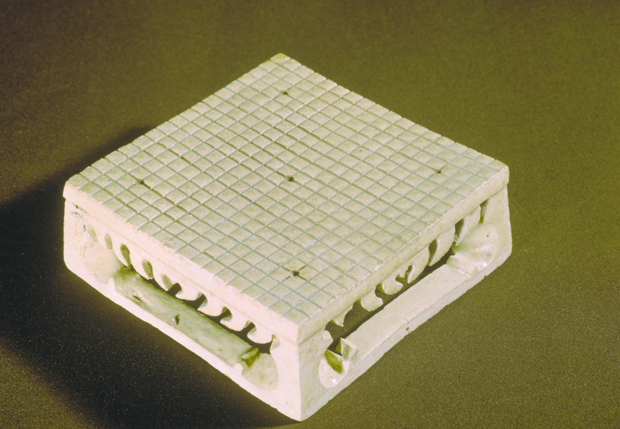
张盛墓出土白釉围棋盘
The white porcelain from the Sheng Tomb not only inherits the celadon characteristics of the white porcelain from the Fan Cui Tomb of the Northern Qi Dynasty (575 AD), but also achieves significant improvements in iron content, firing temperature, and the purity of the glaze color. For example, while the glaze accumulation at the base of the tomb guardian beast exhibits a hint of blue, the overall whiteness far surpasses that of the Northern Qi period. The glaze surface features finer crackle patterns and enhanced glass-like luster, reflecting the advancement of Sui Dynasty firing techniques. Additionally, the white-glazed dragon-handled elephant-headed jar, with its dragon-shaped handle and elephant-headed spout design, combines practicality with artistic appeal, making it a quintessential example of Sui Dynasty white porcelain.
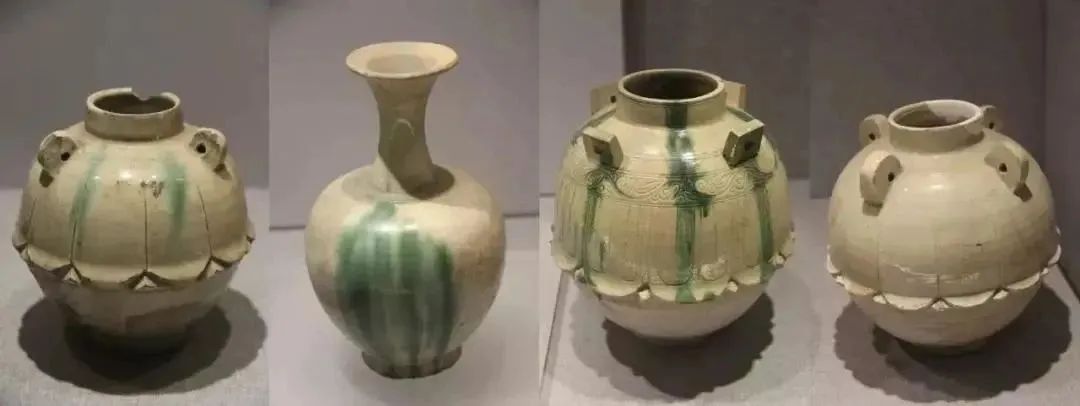
北齐范粹墓白瓷
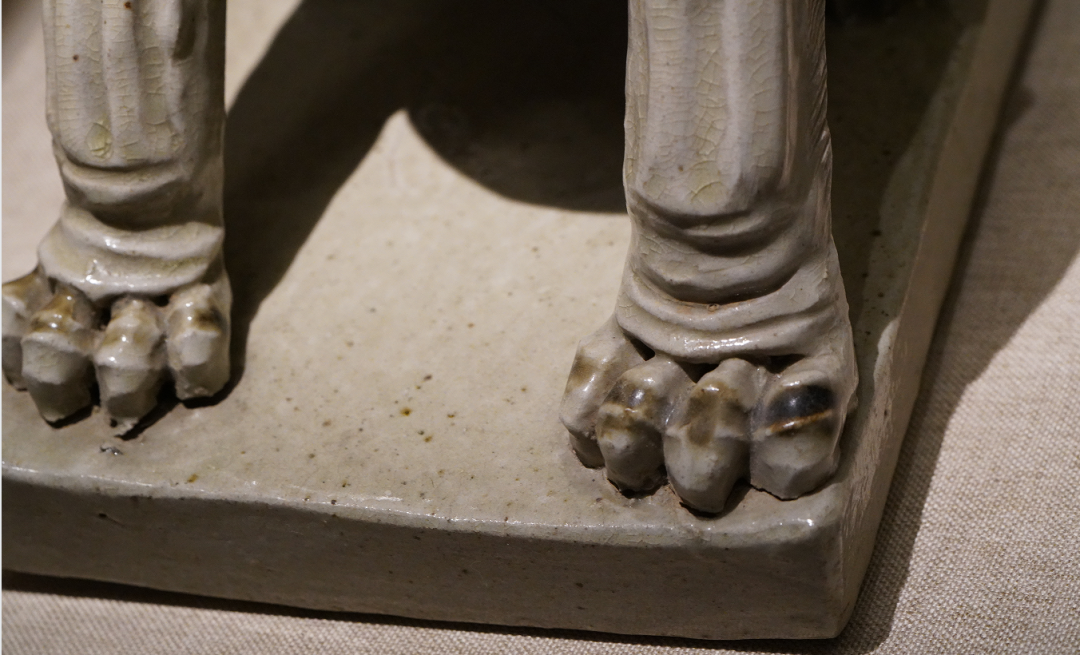
张盛墓镇墓兽兽足
The discovery of Zhang Sheng's tomb not only confirms the important role of the Xiangzhou Kiln in Anyang in the production of white porcelain during the Sui Dynasty, but also reveals the evolutionary trajectory of white porcelain from “greenish-white” to “pure white like jade.”
